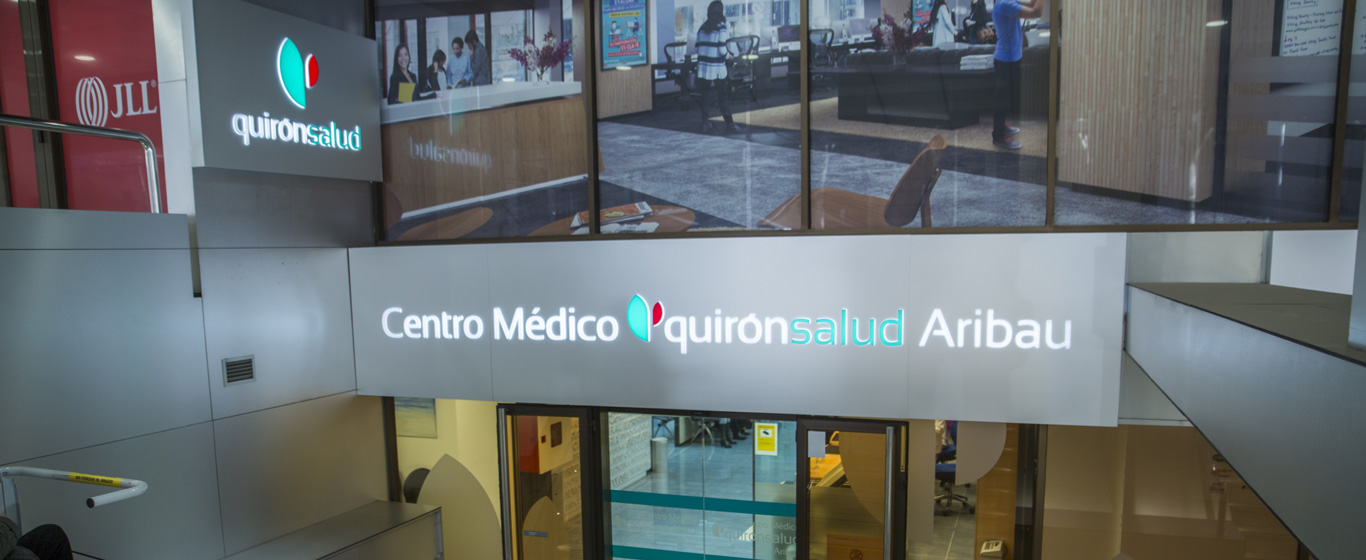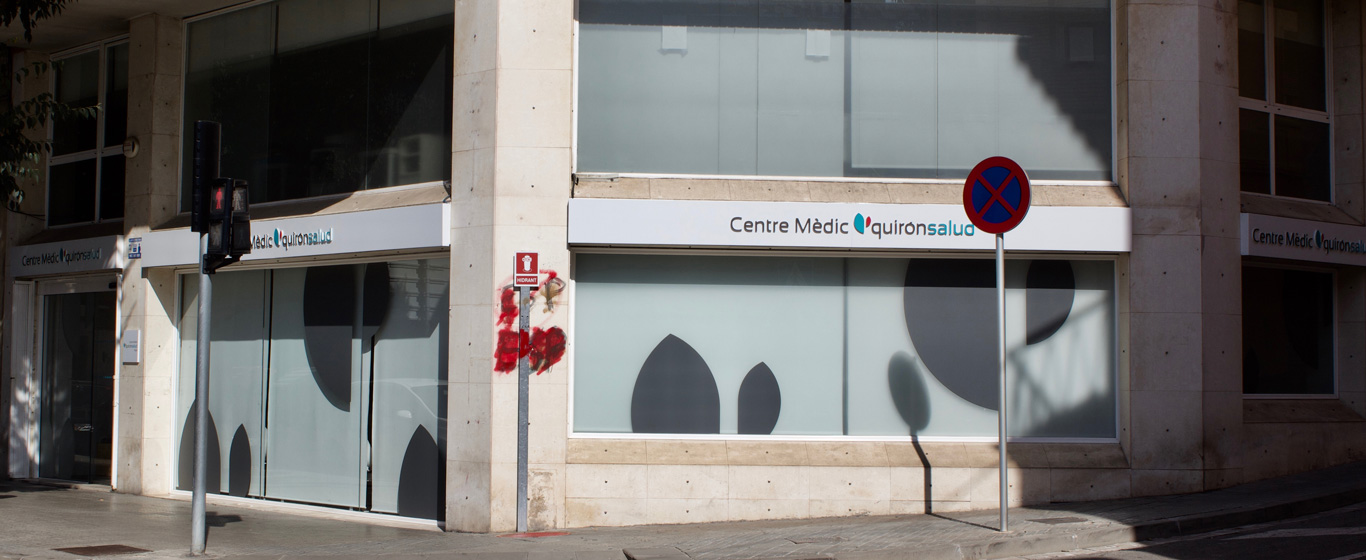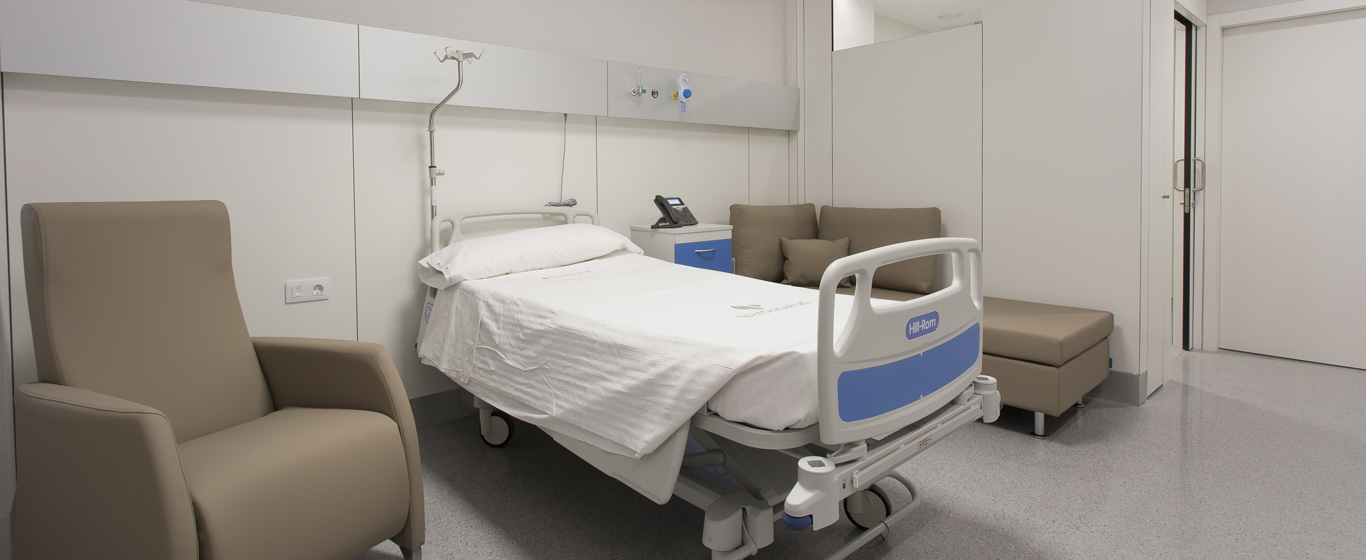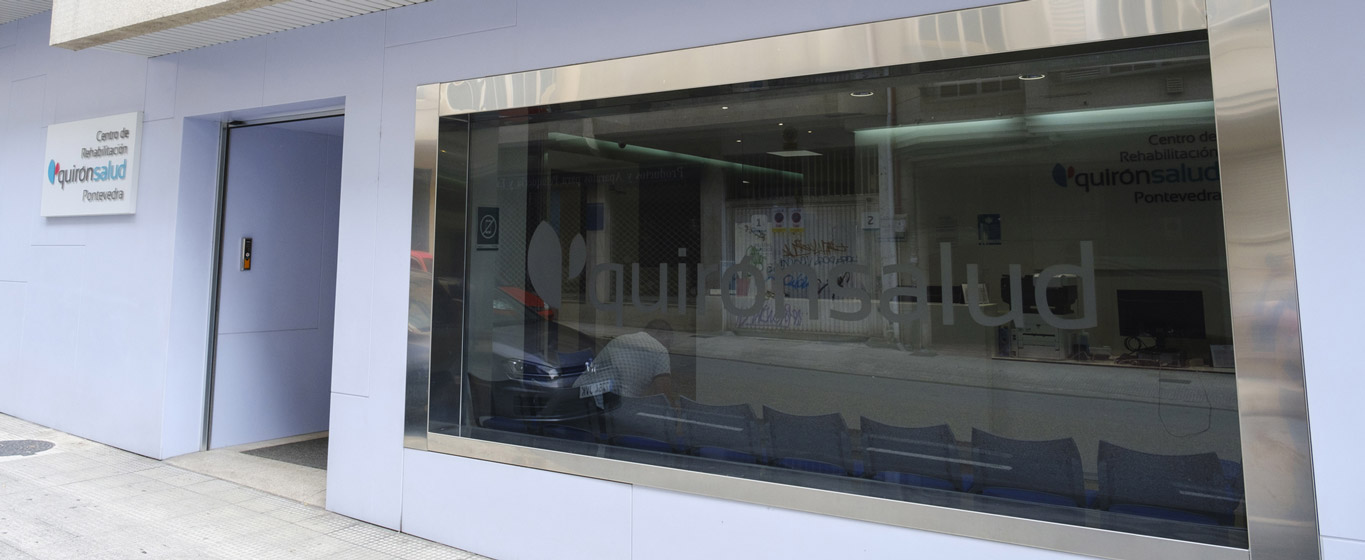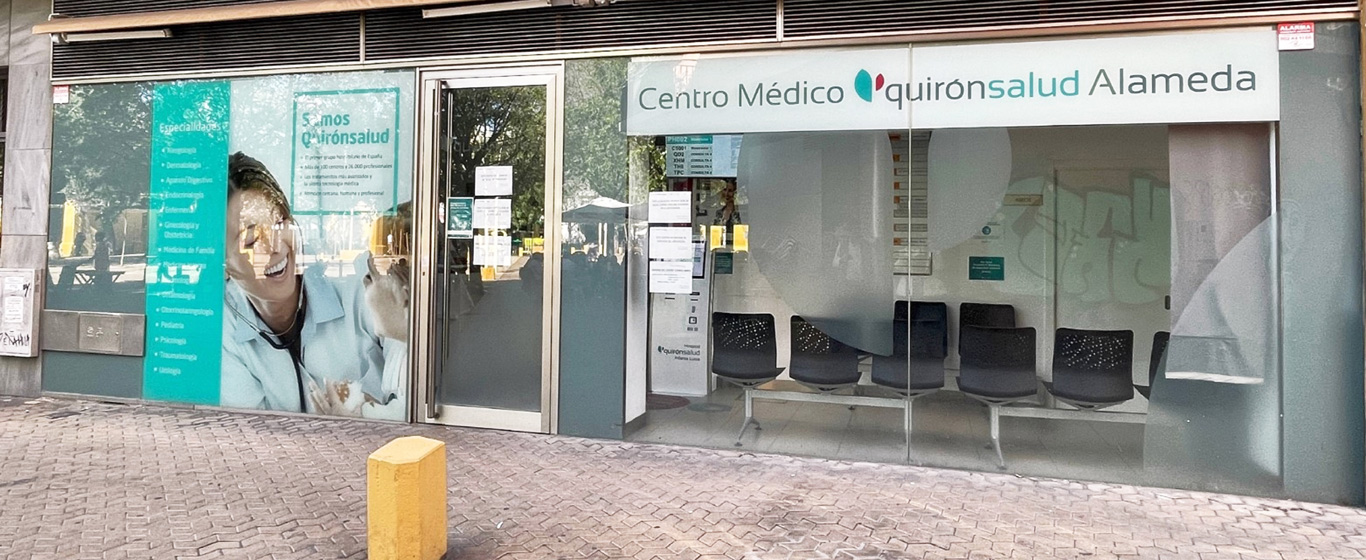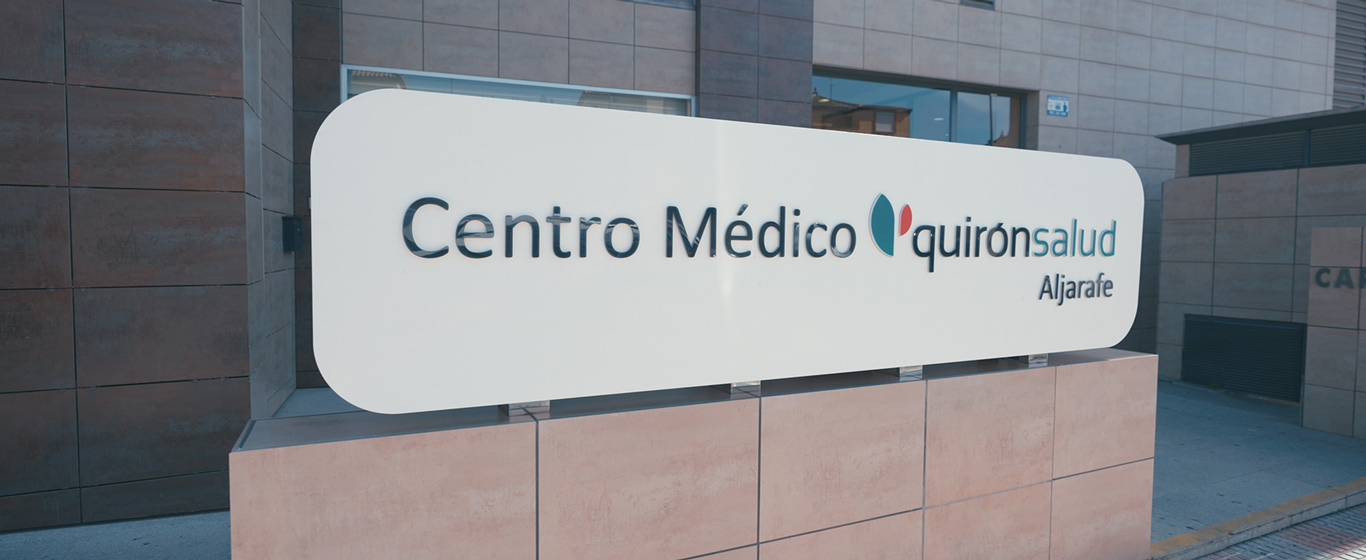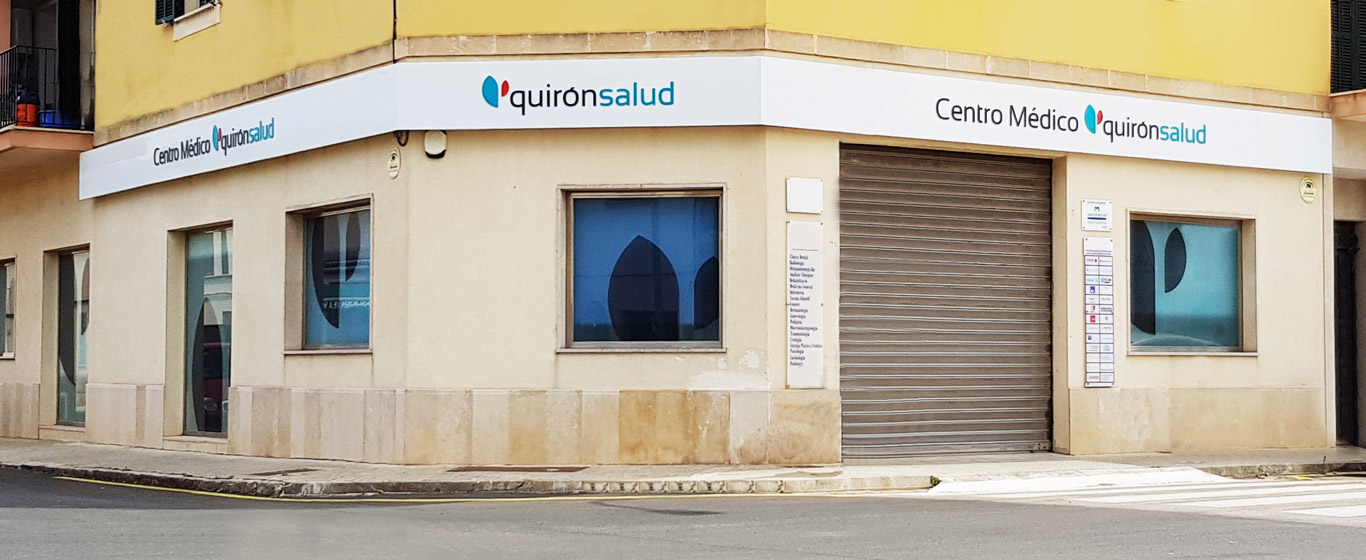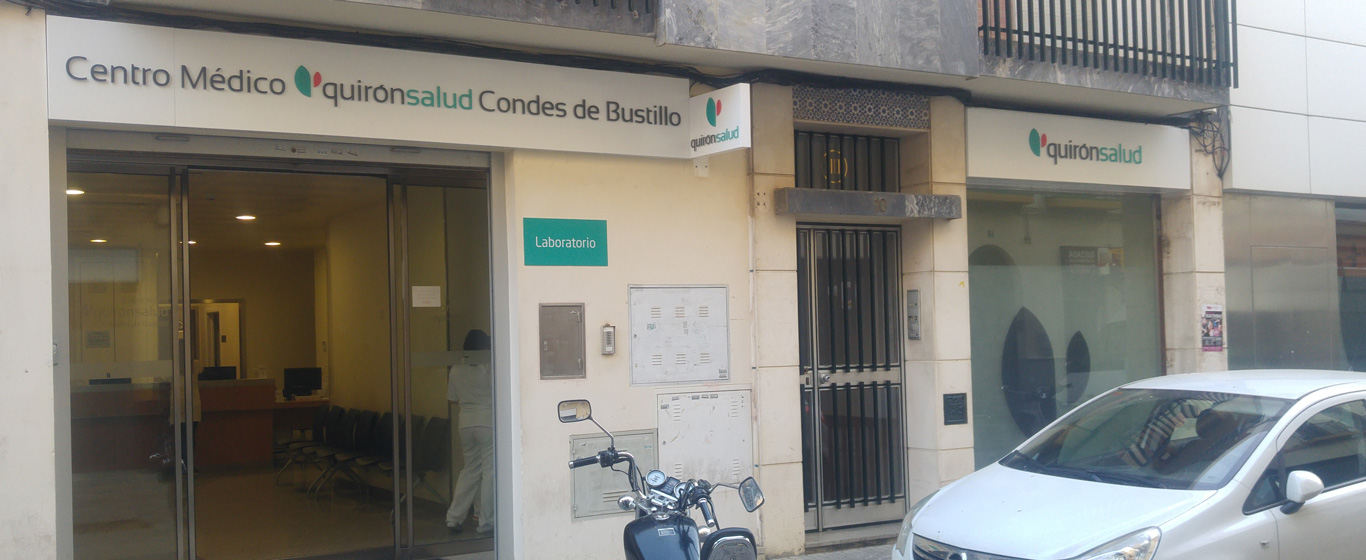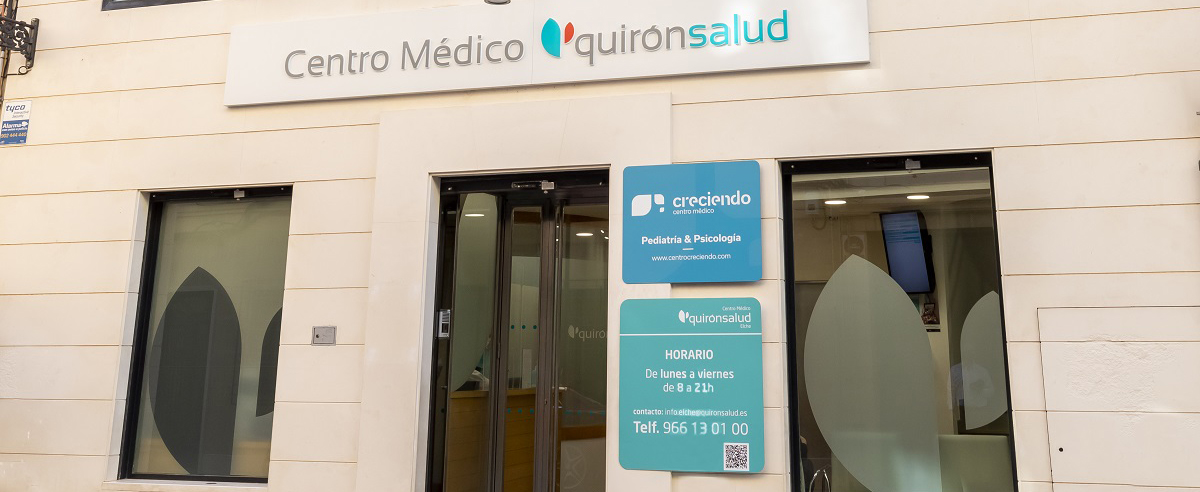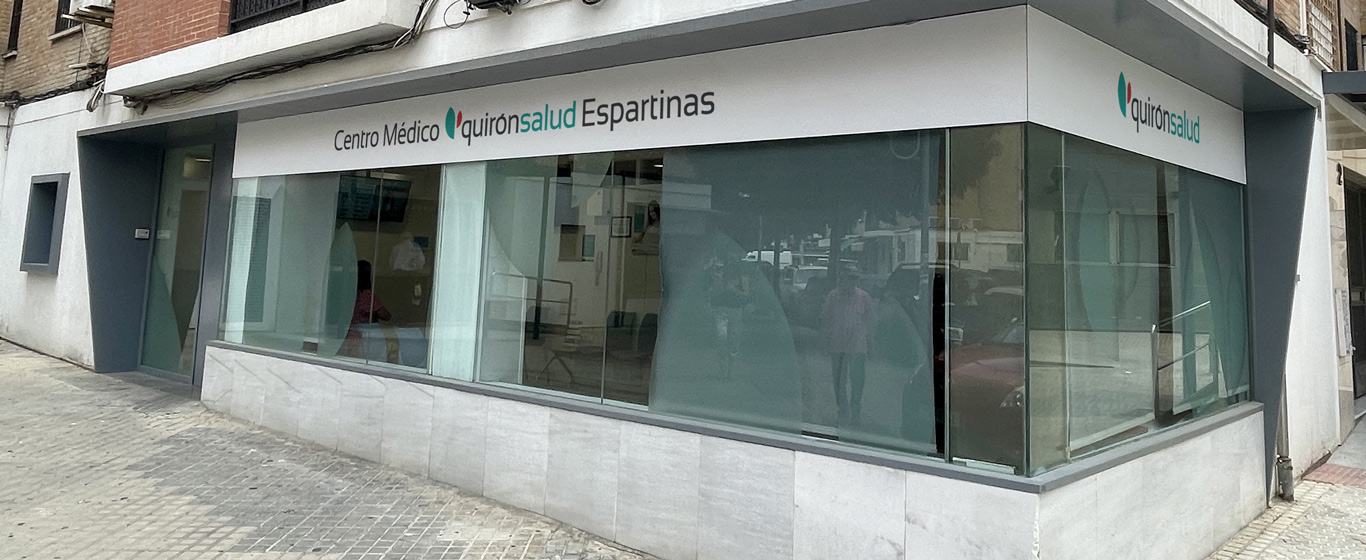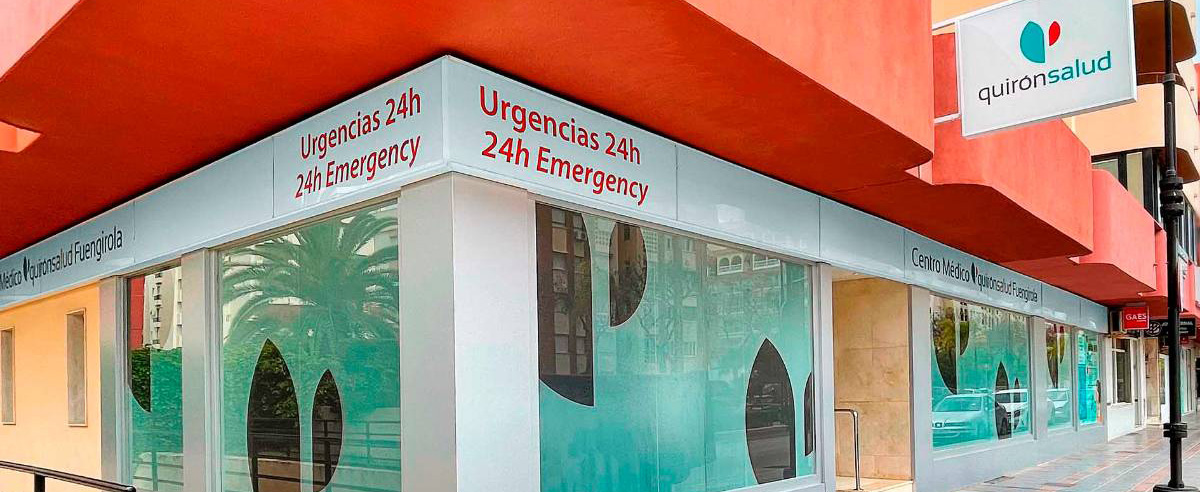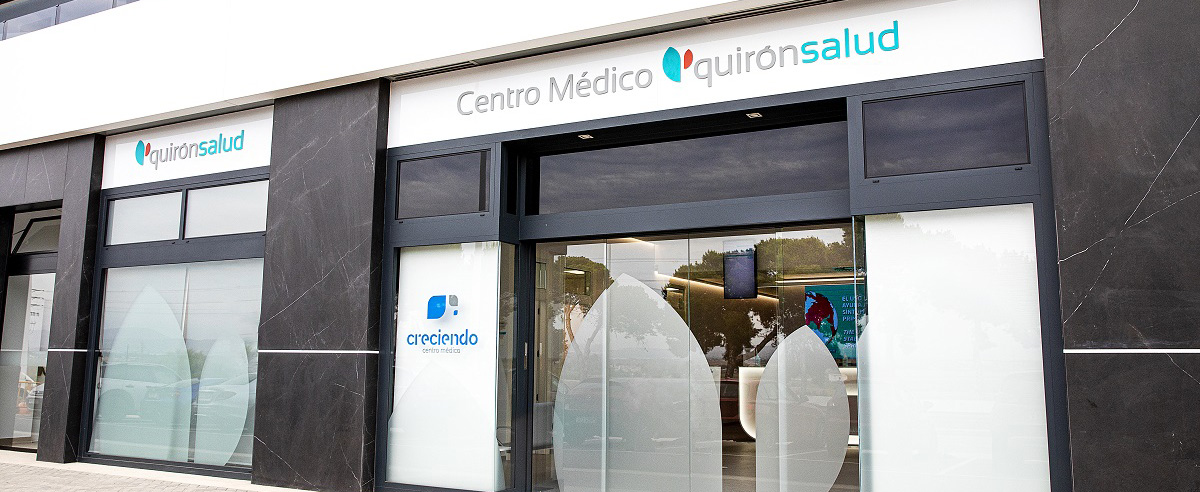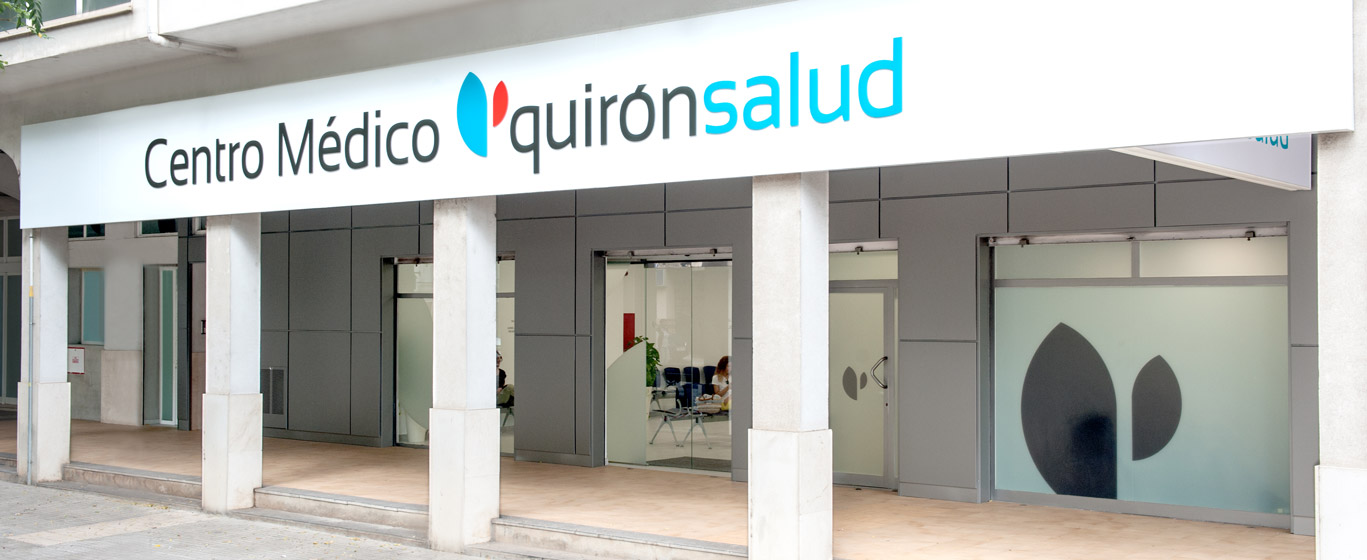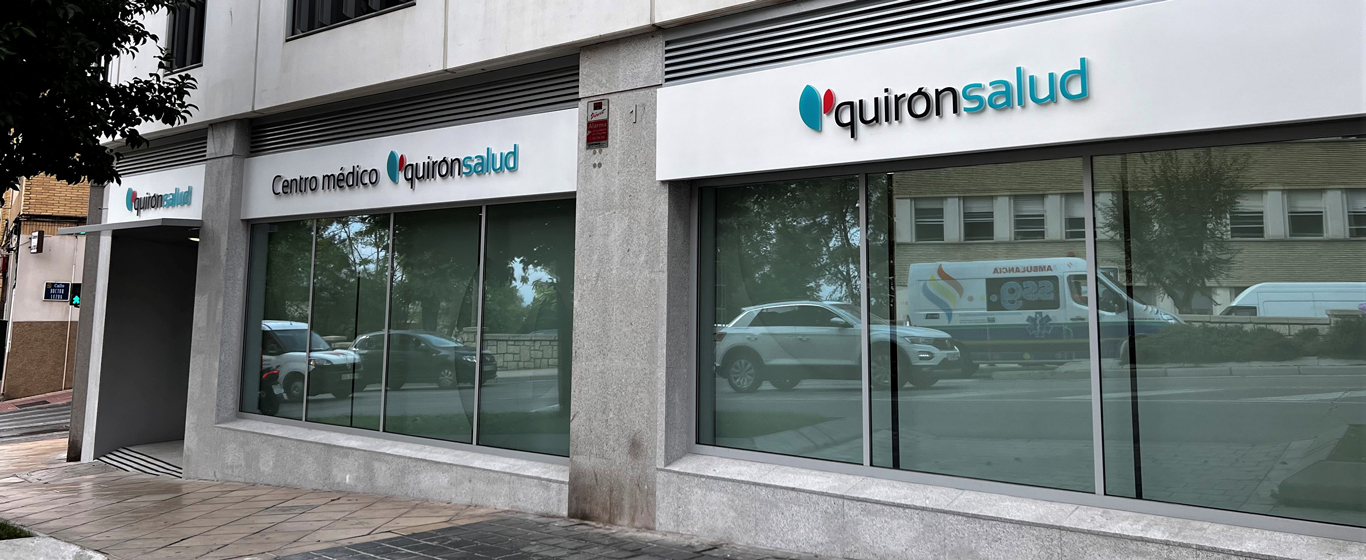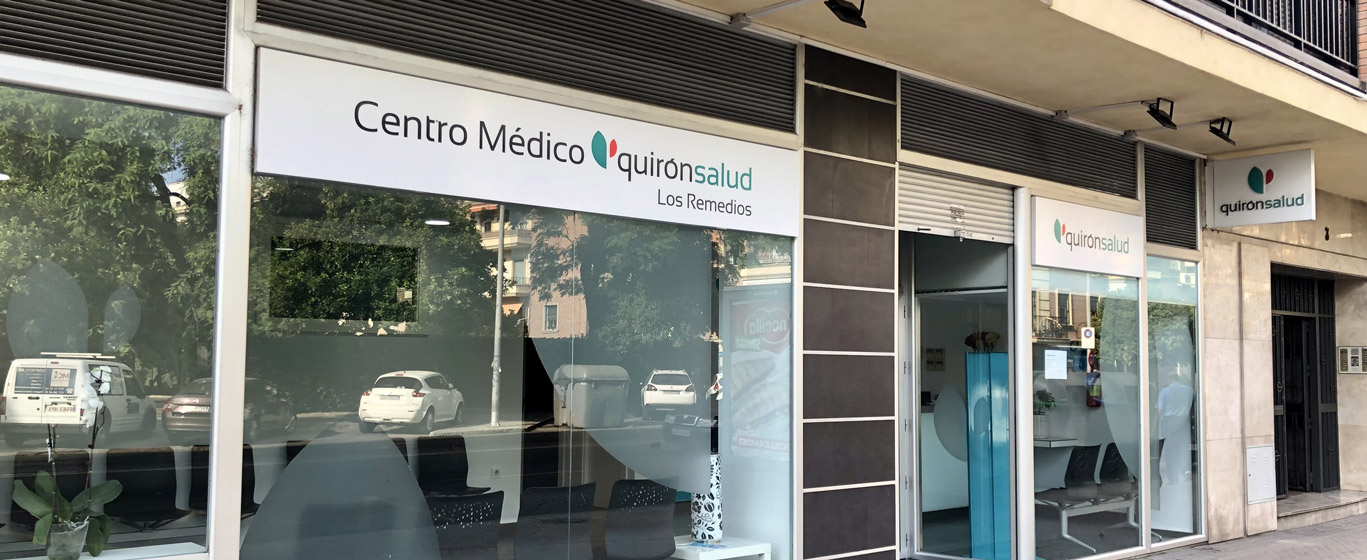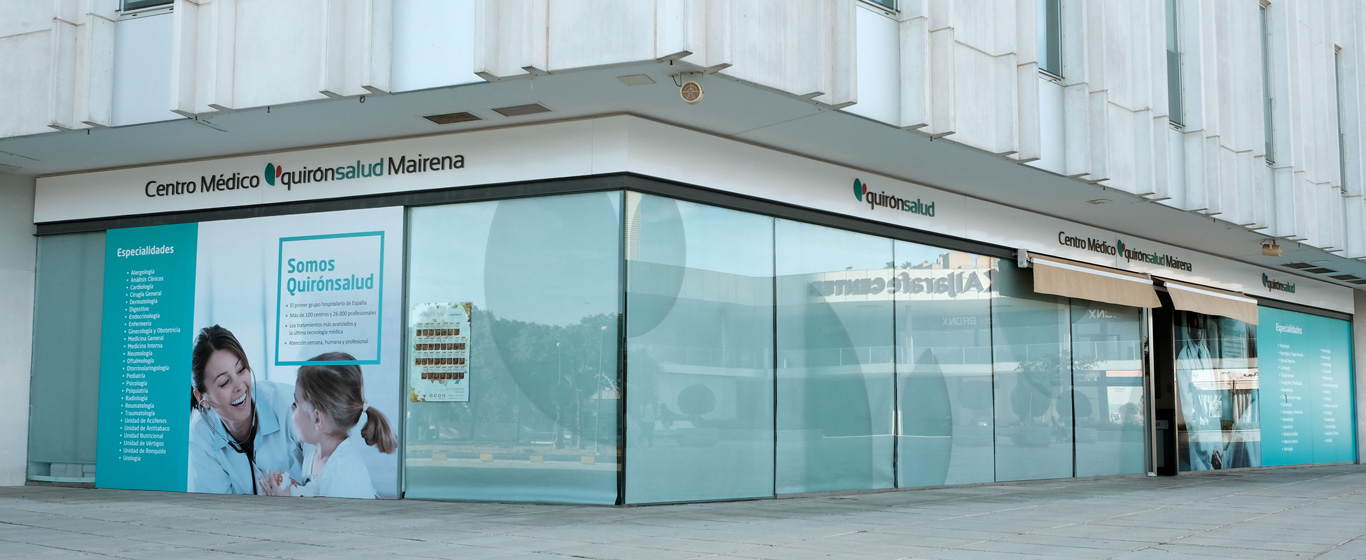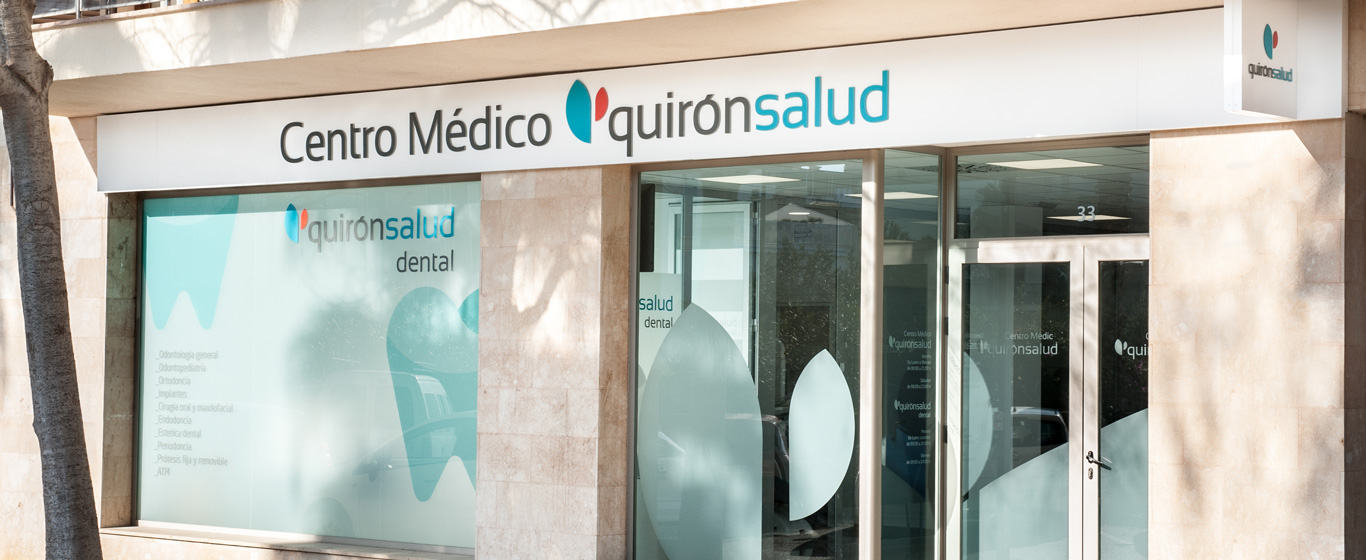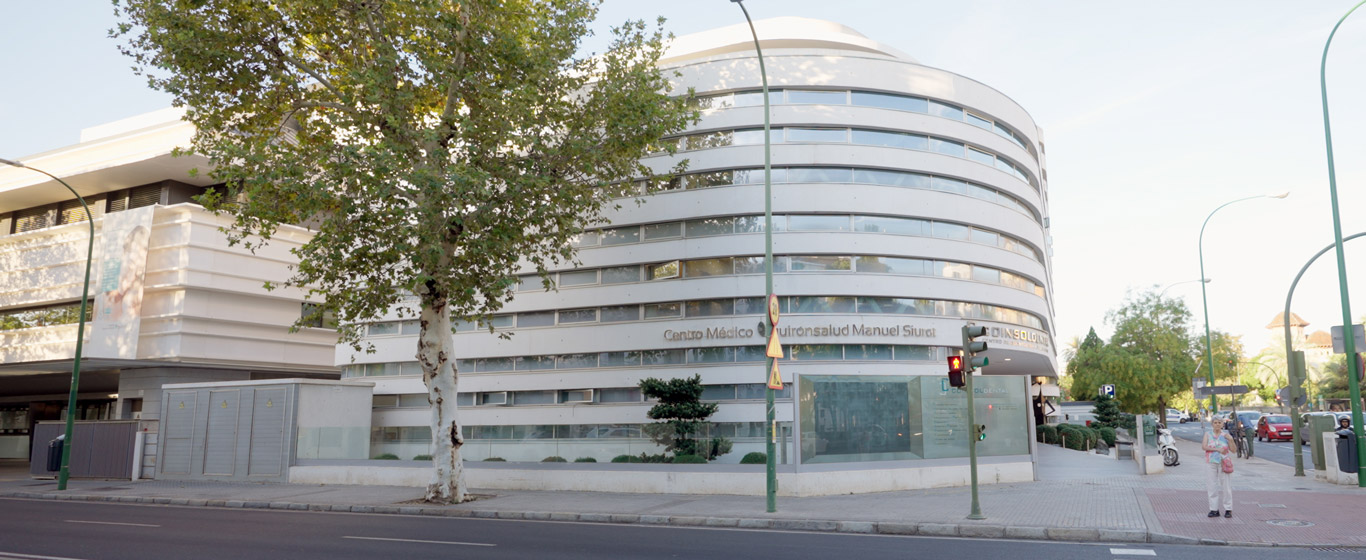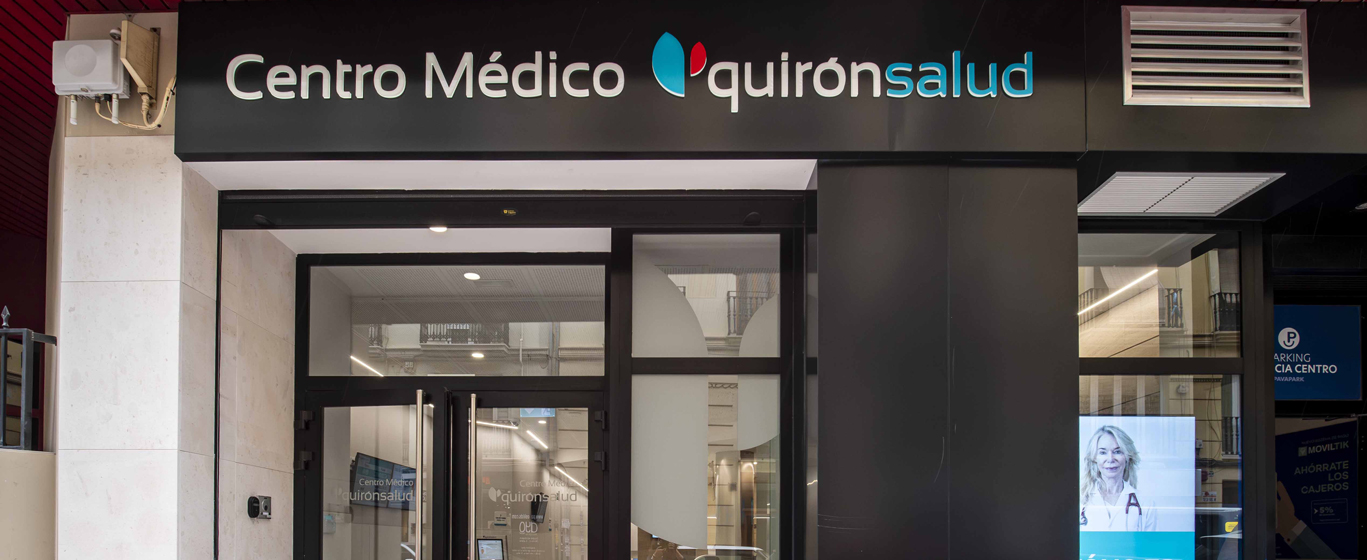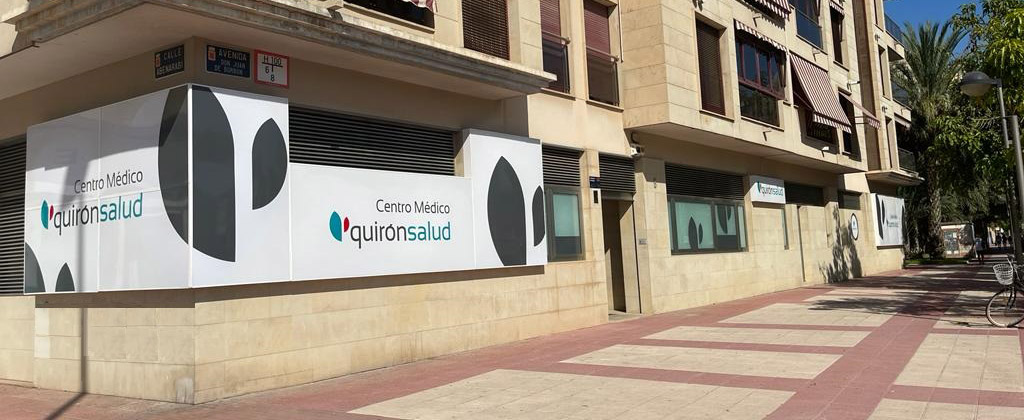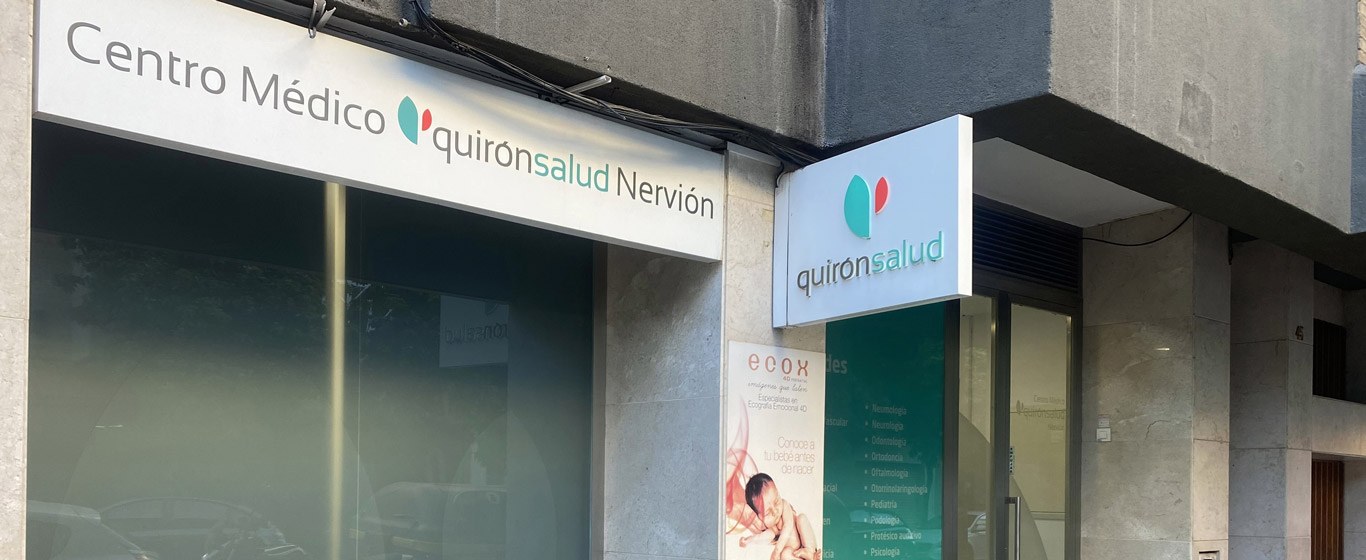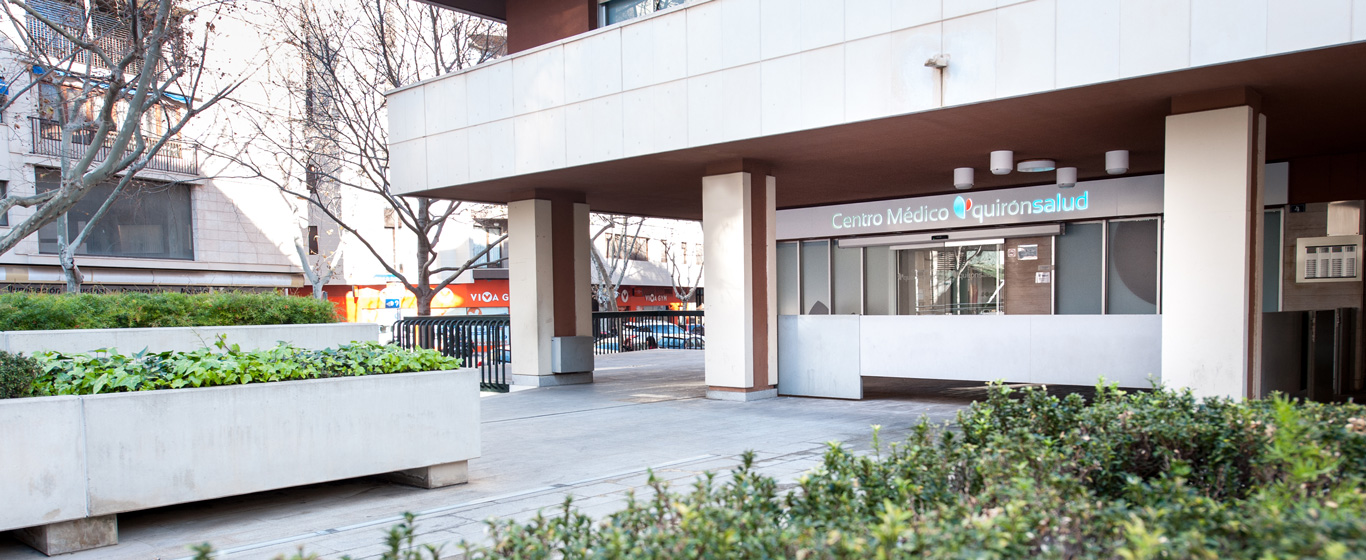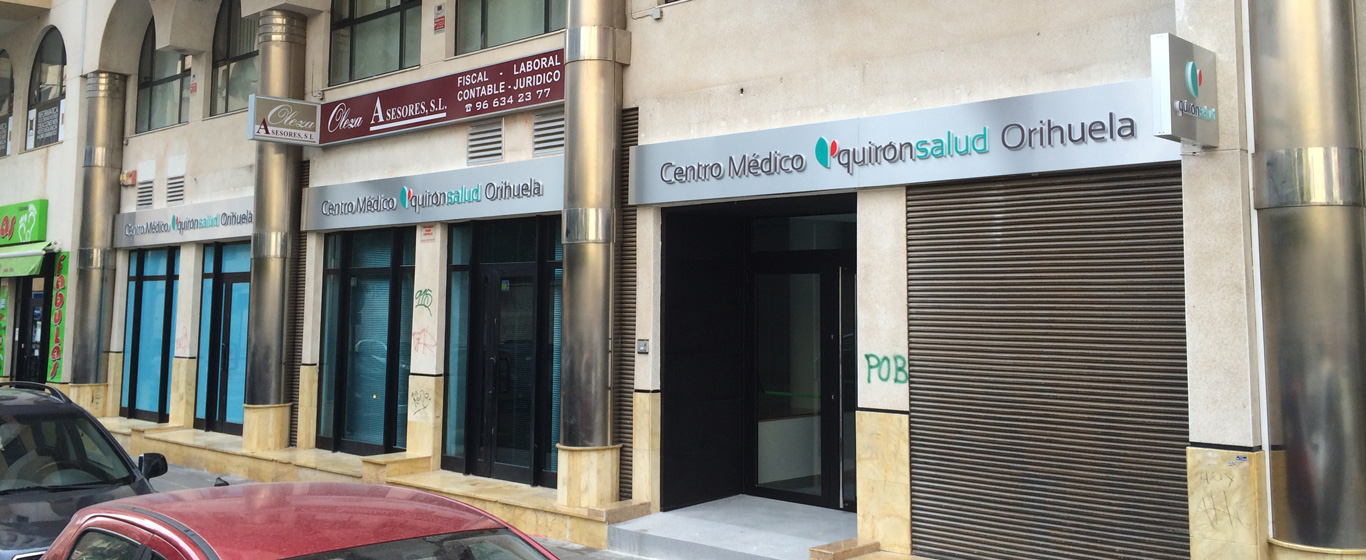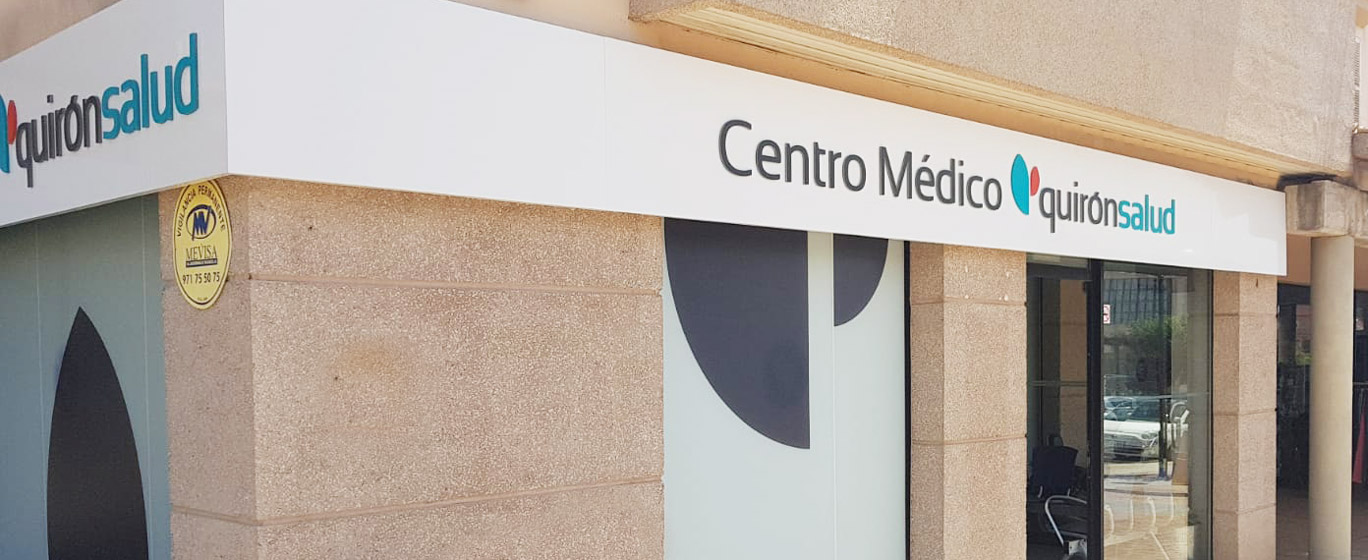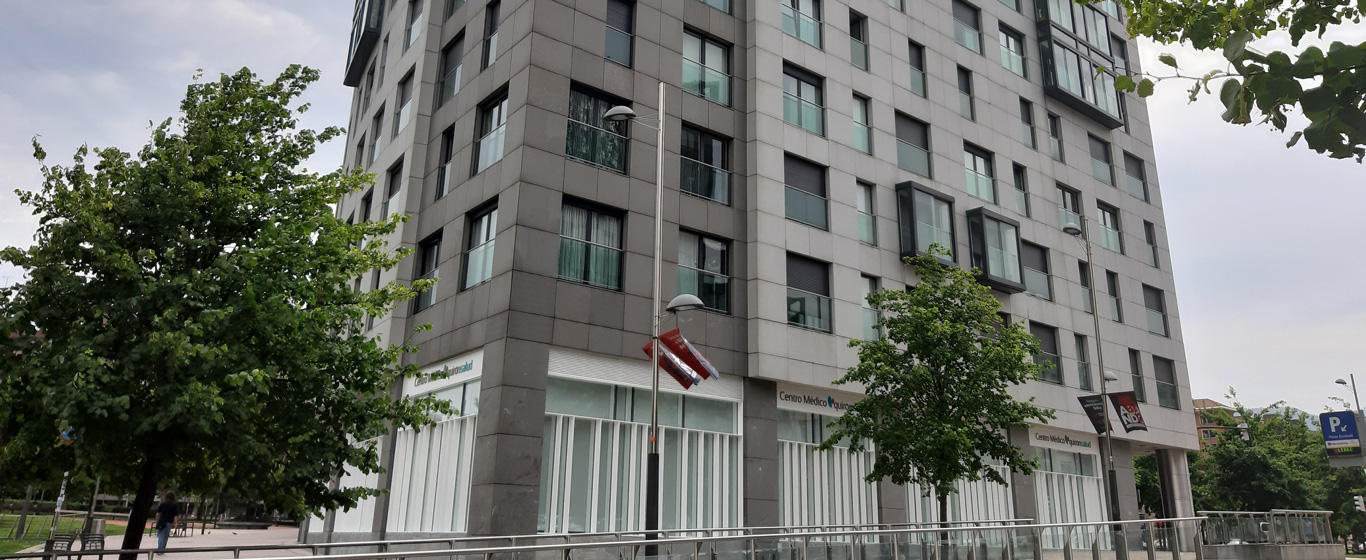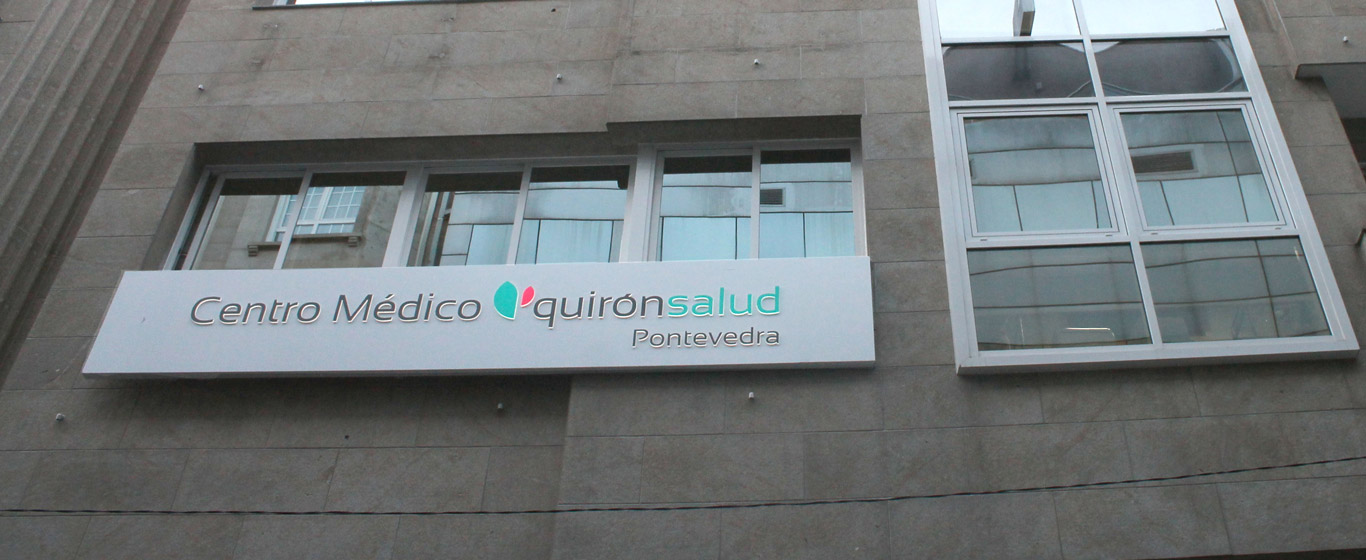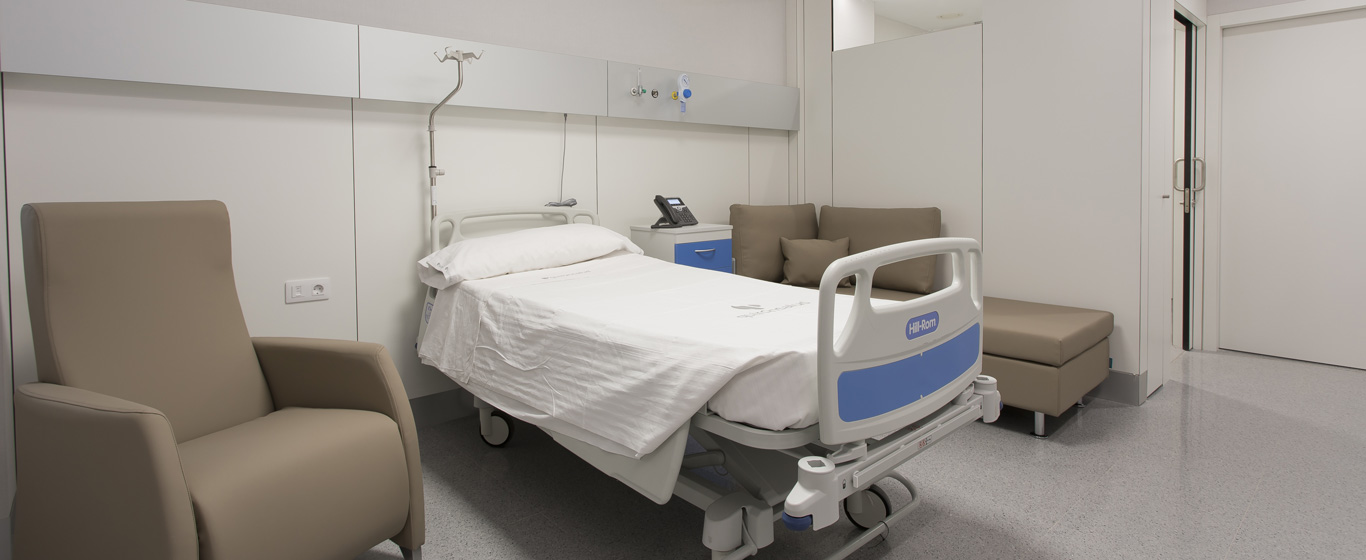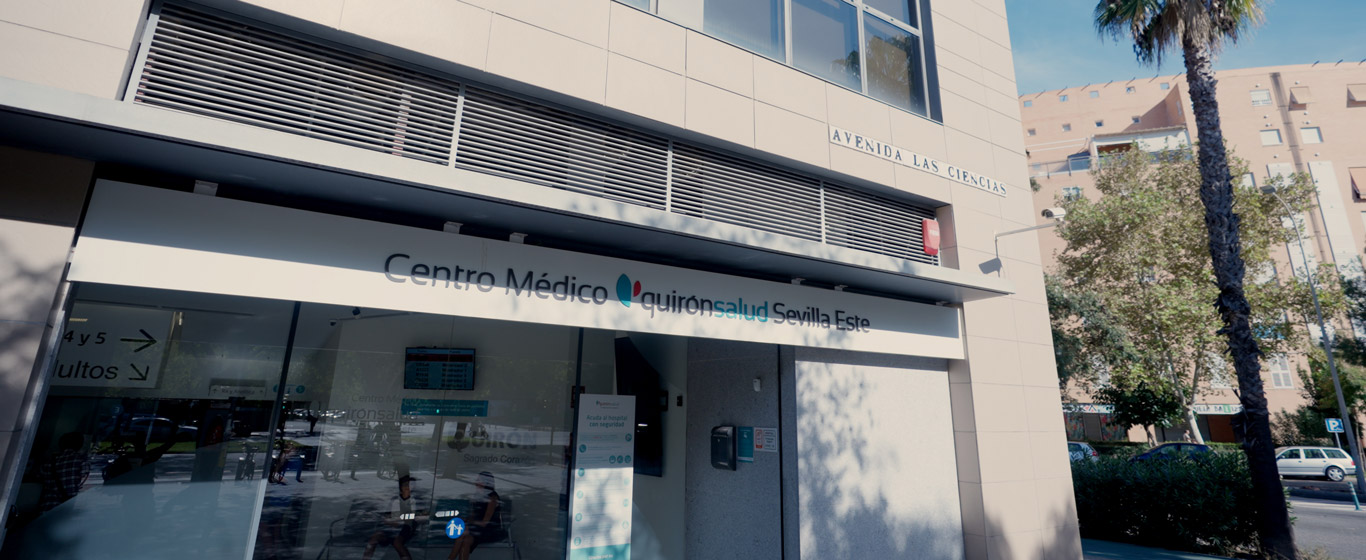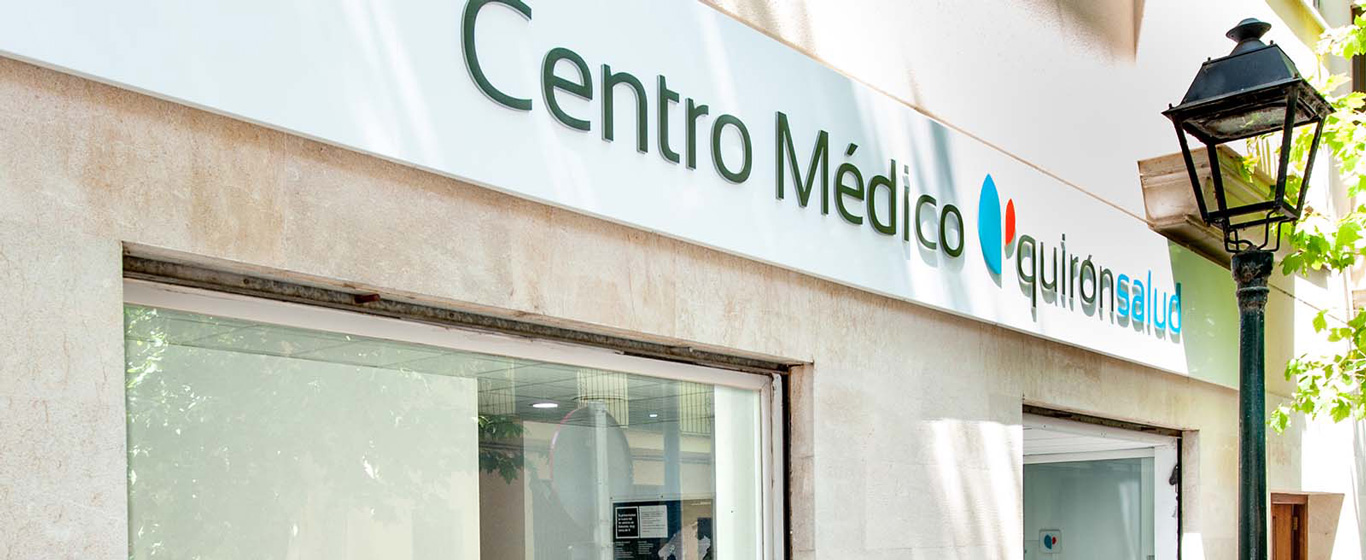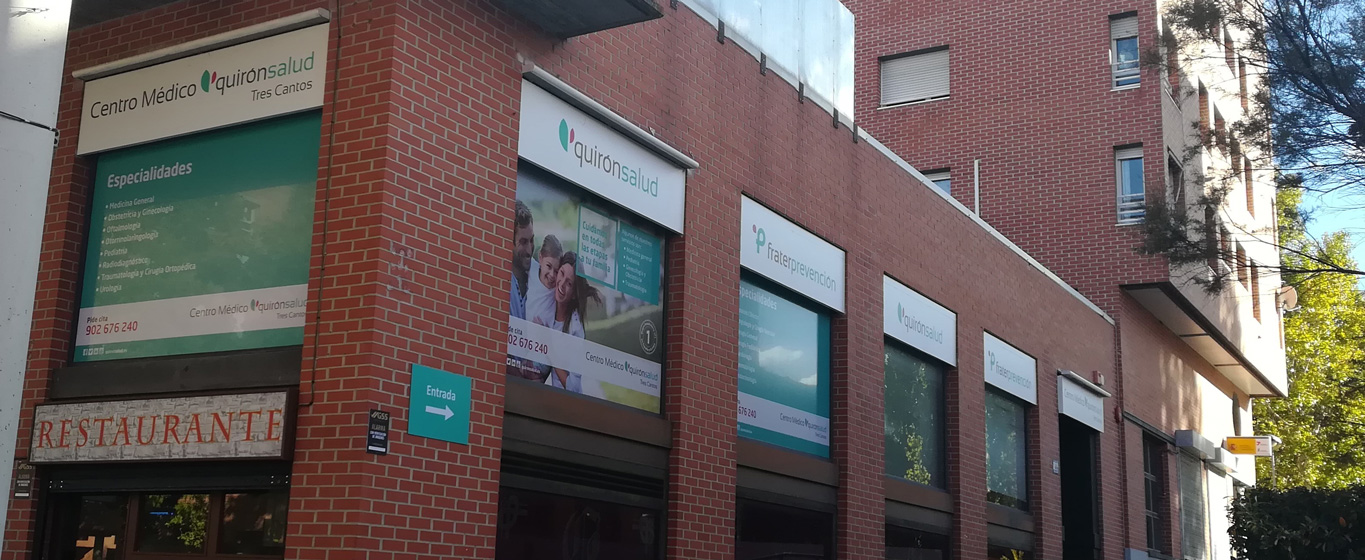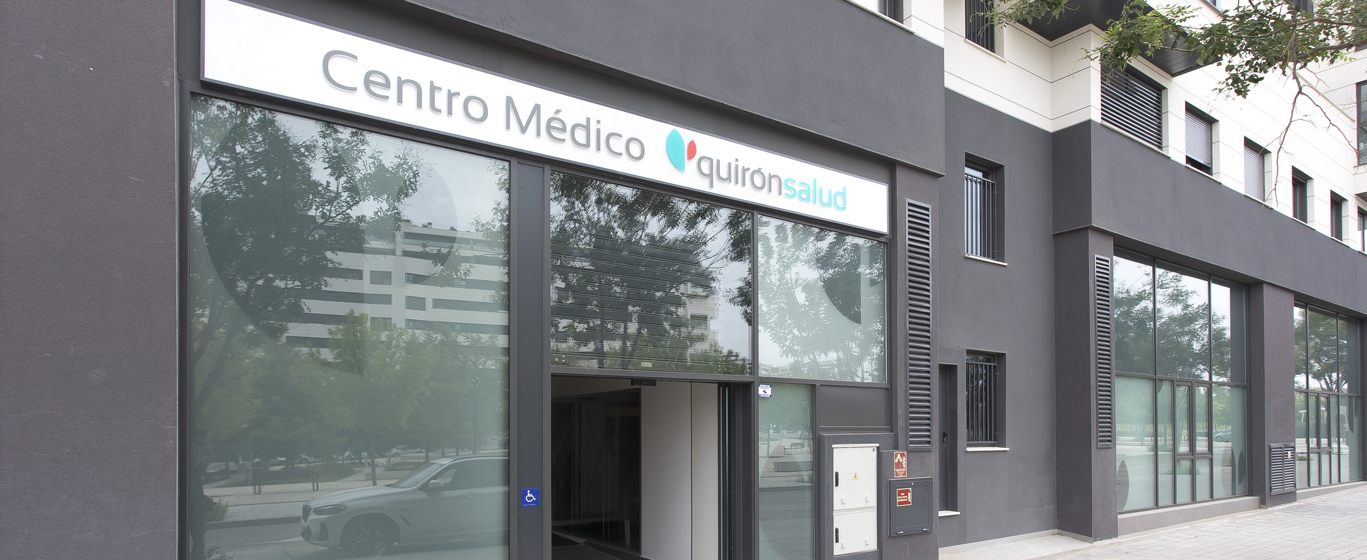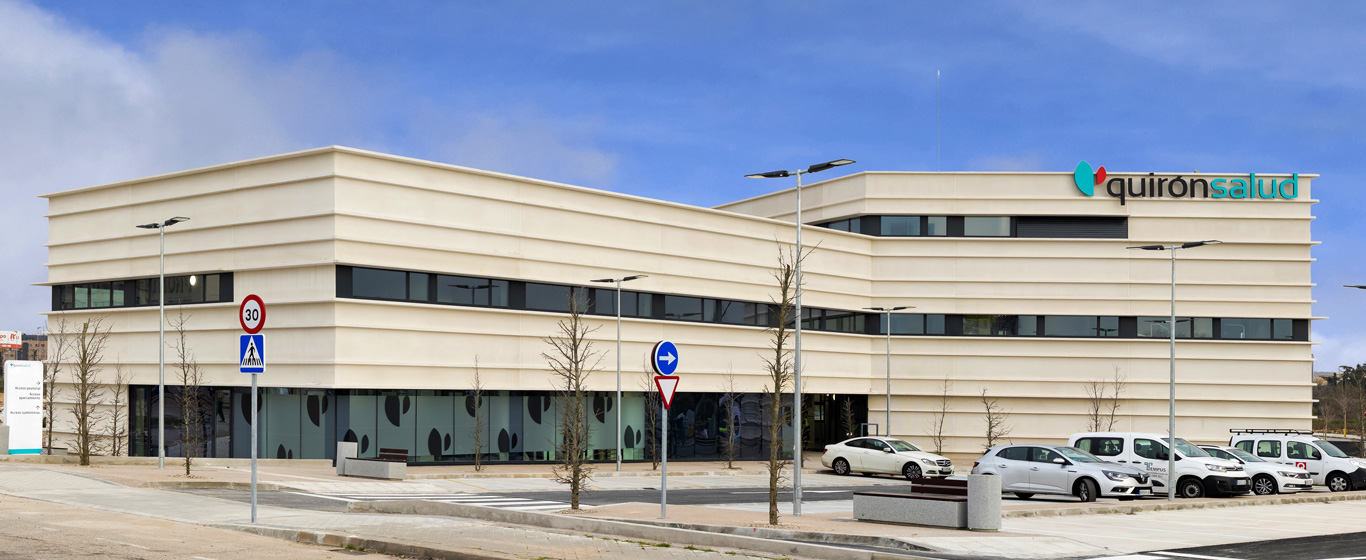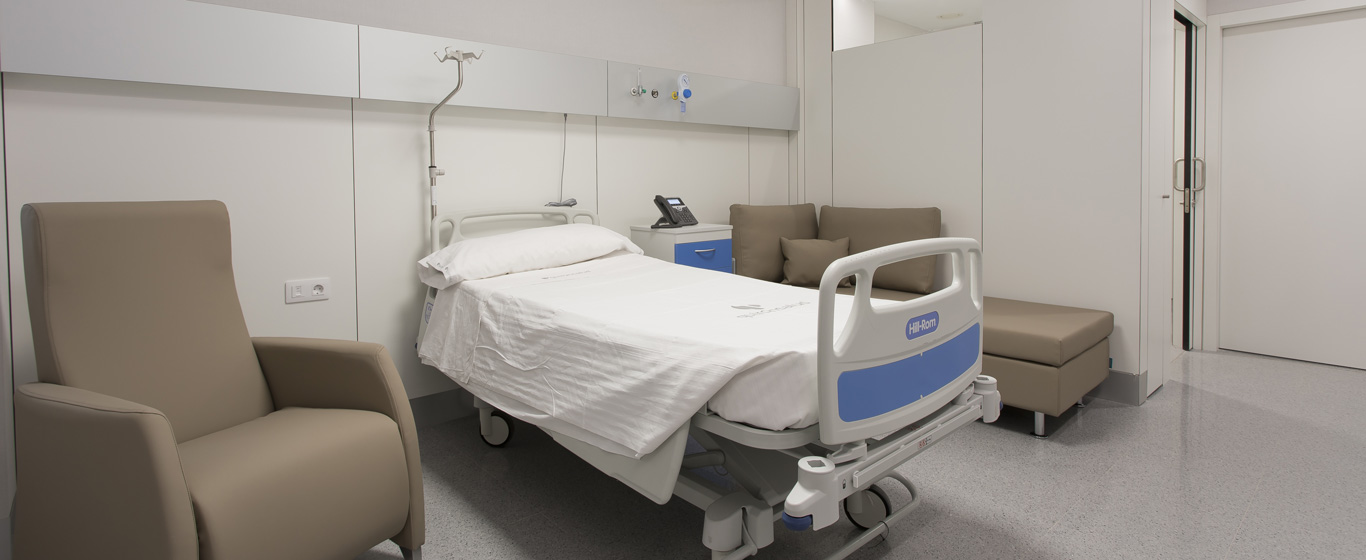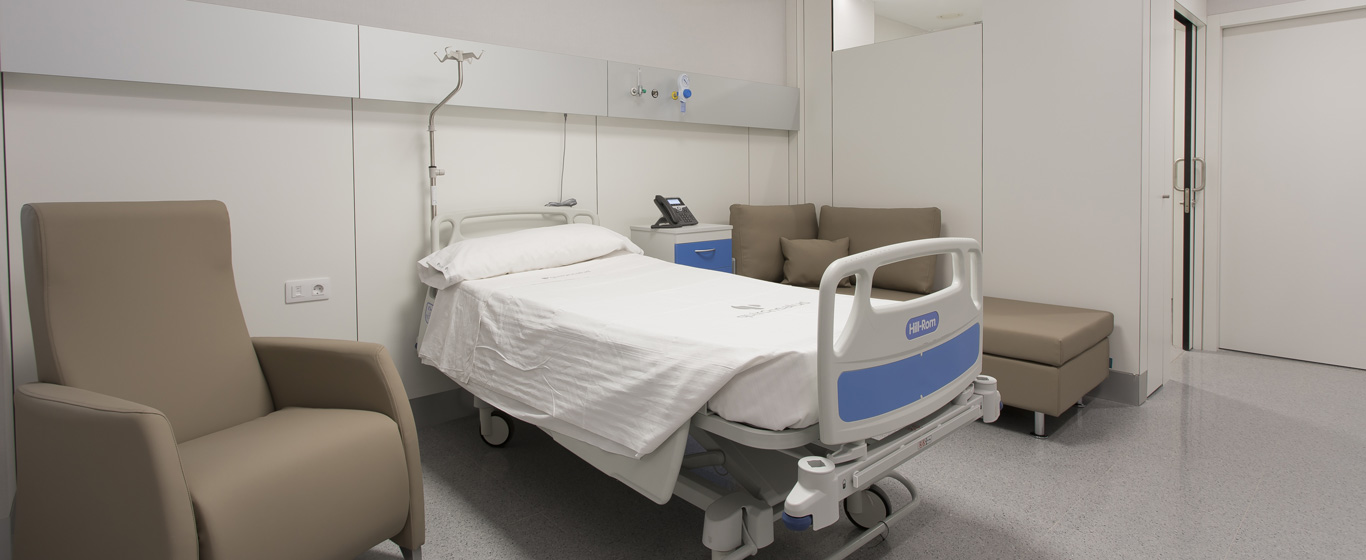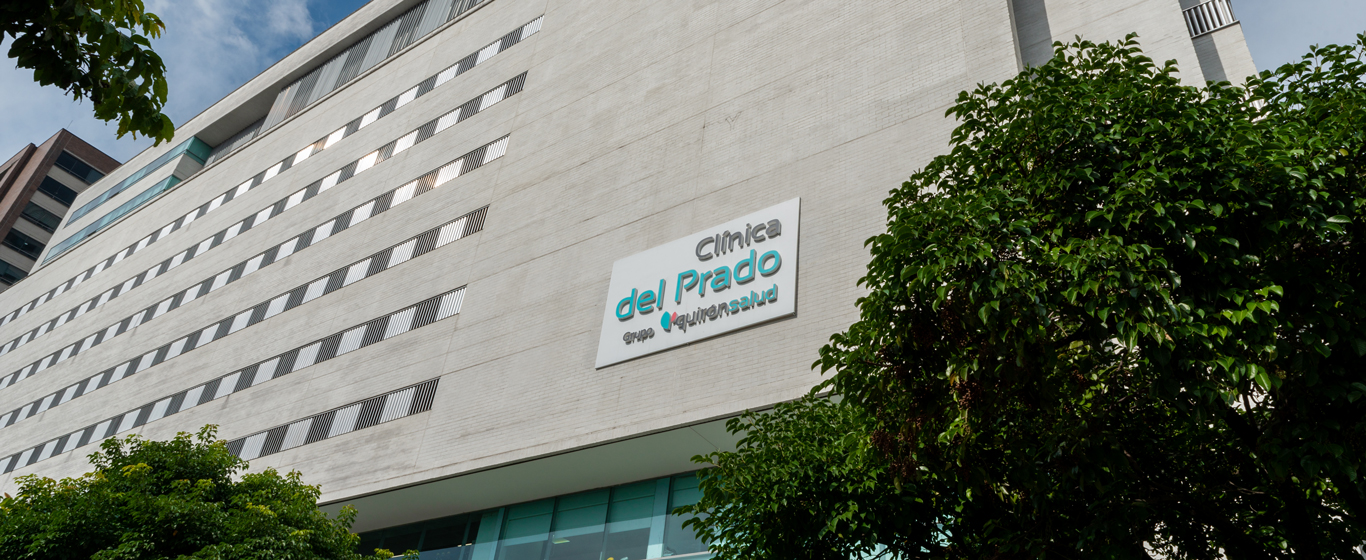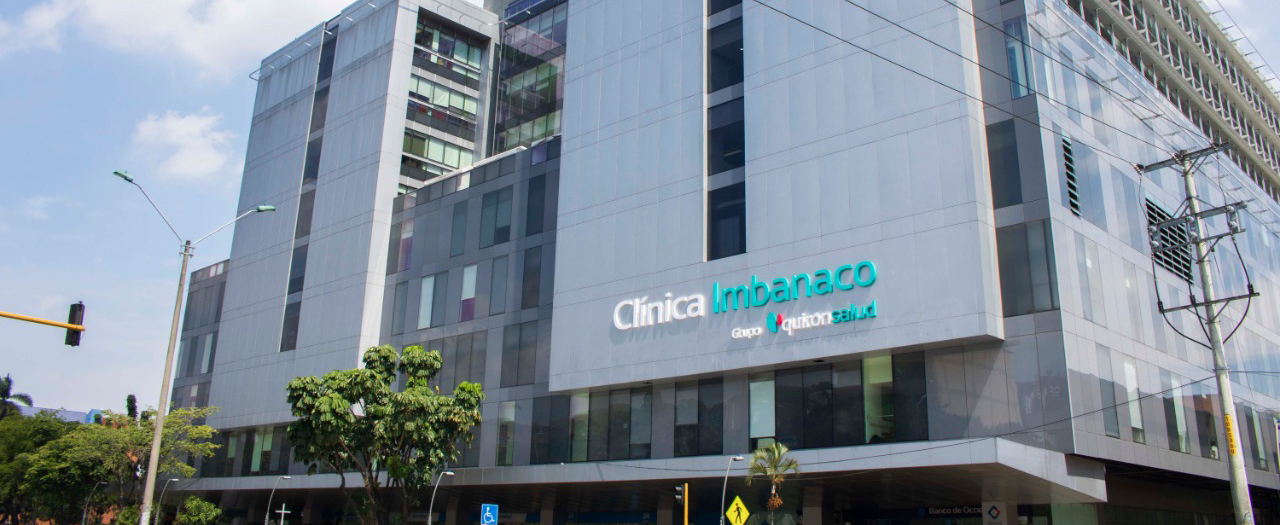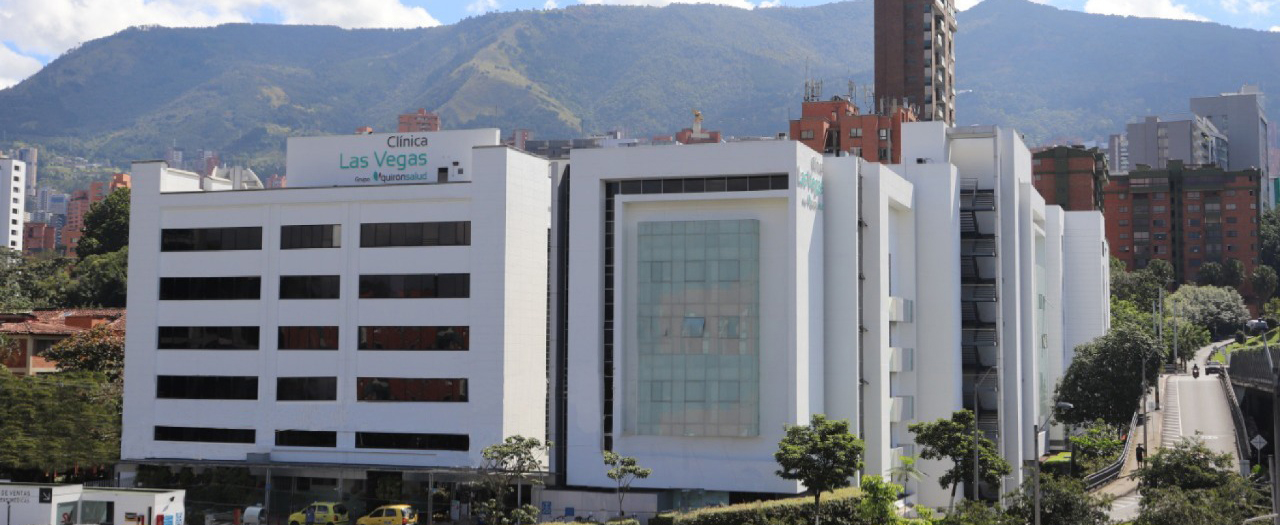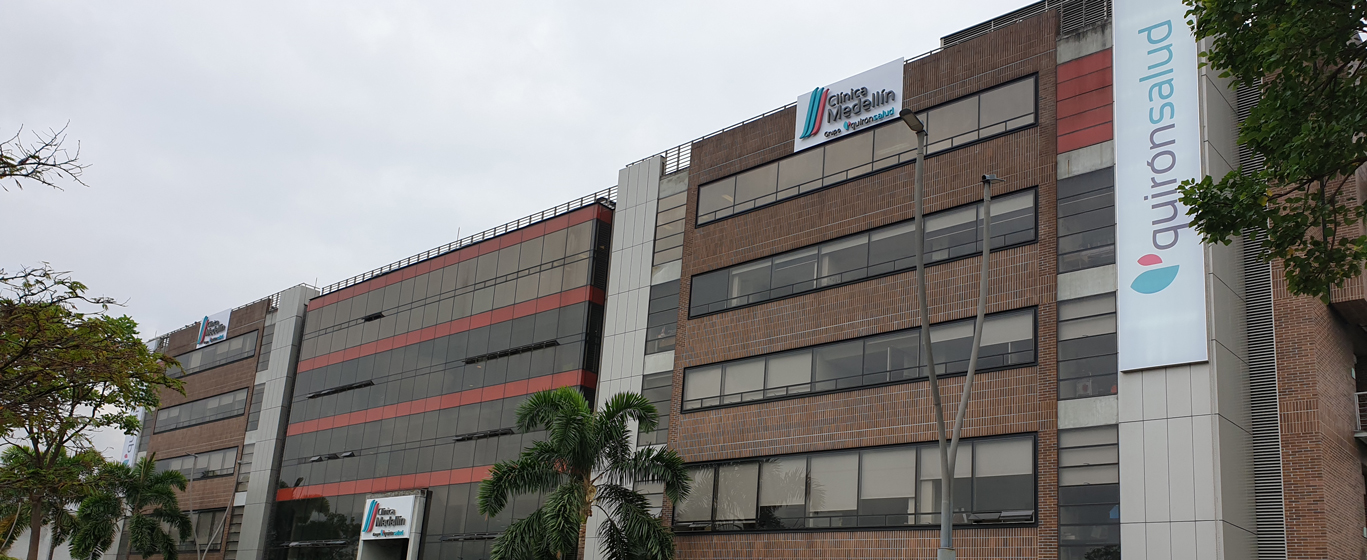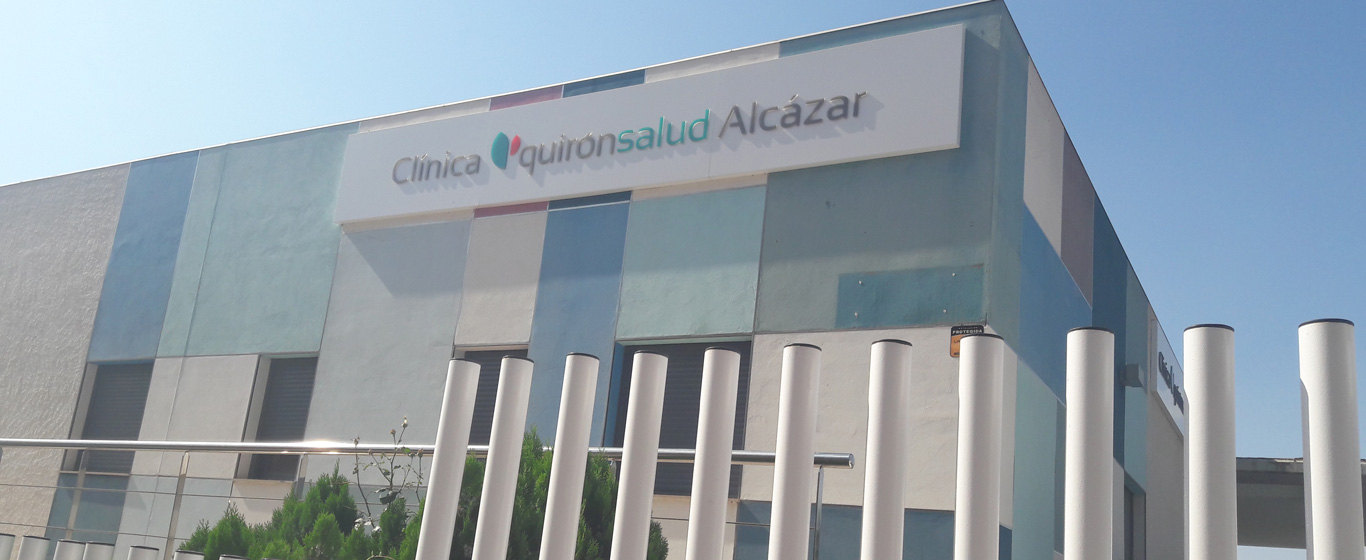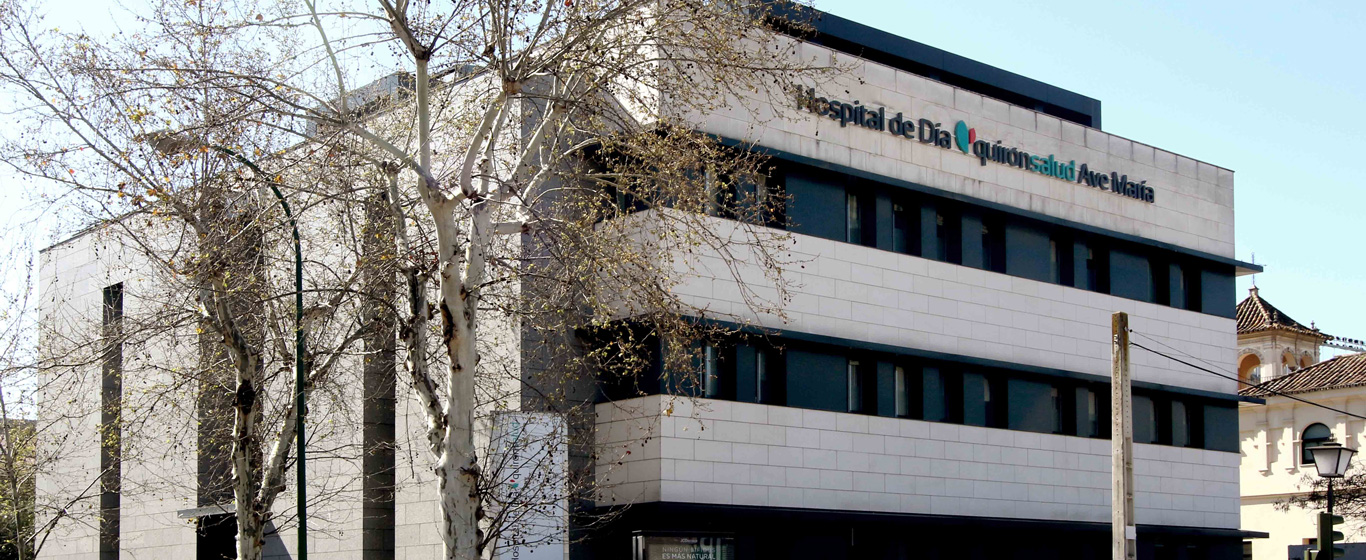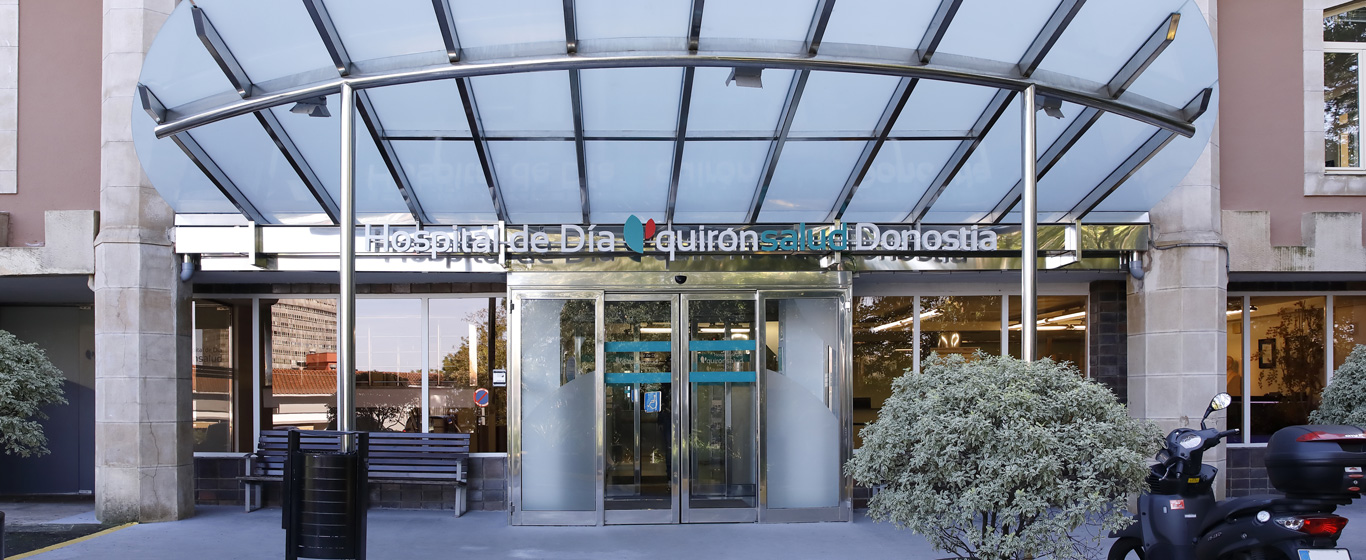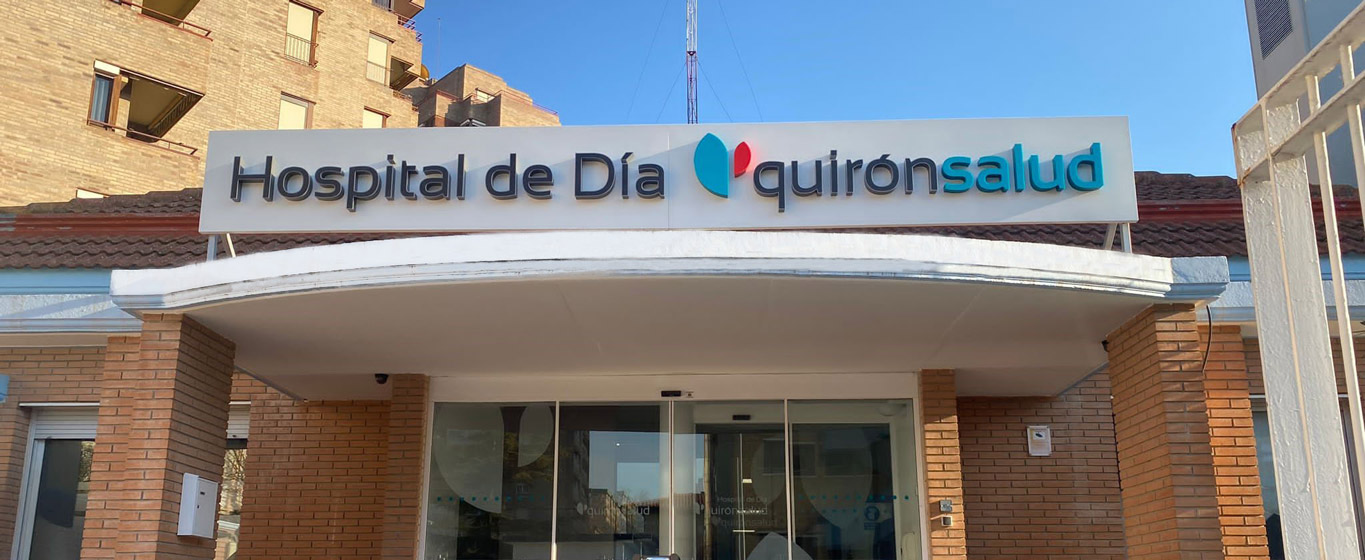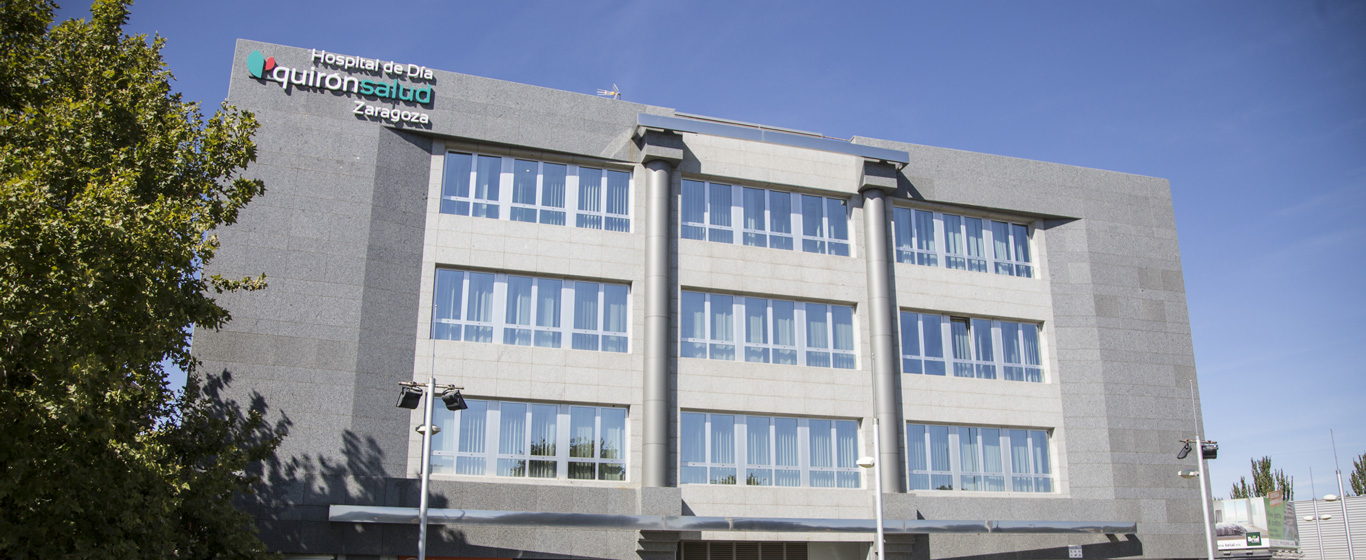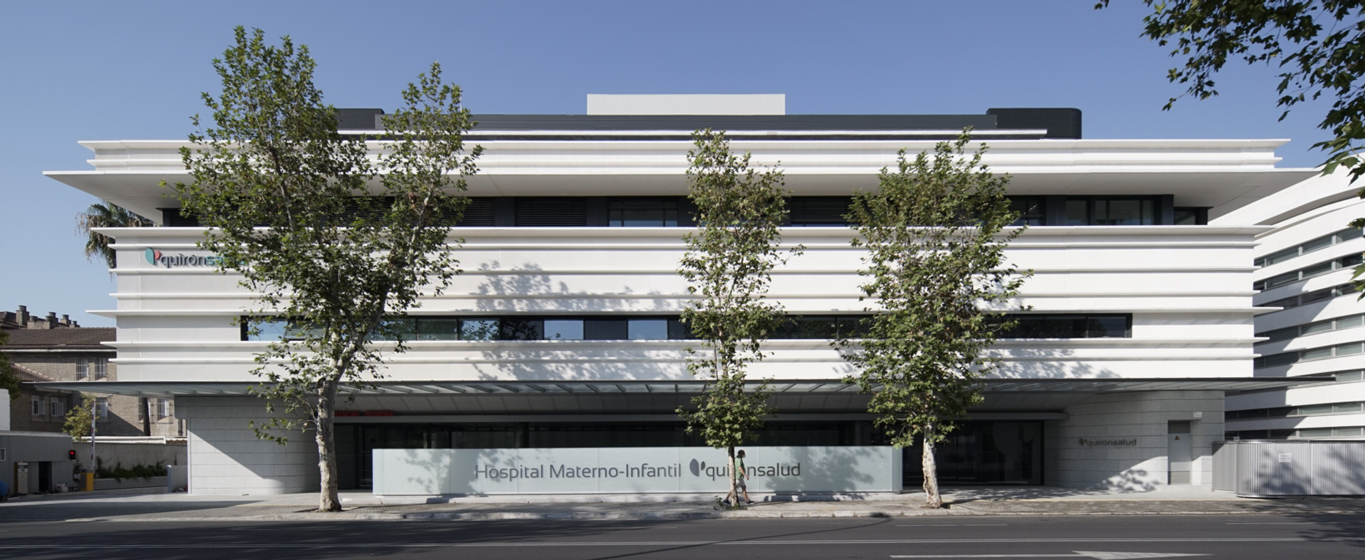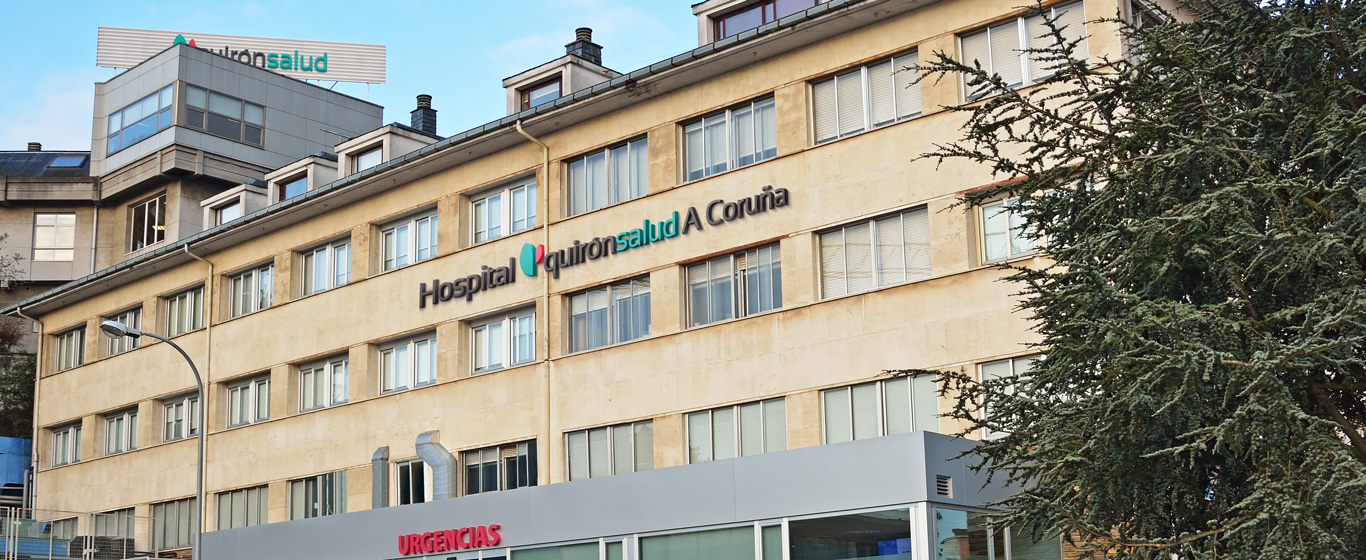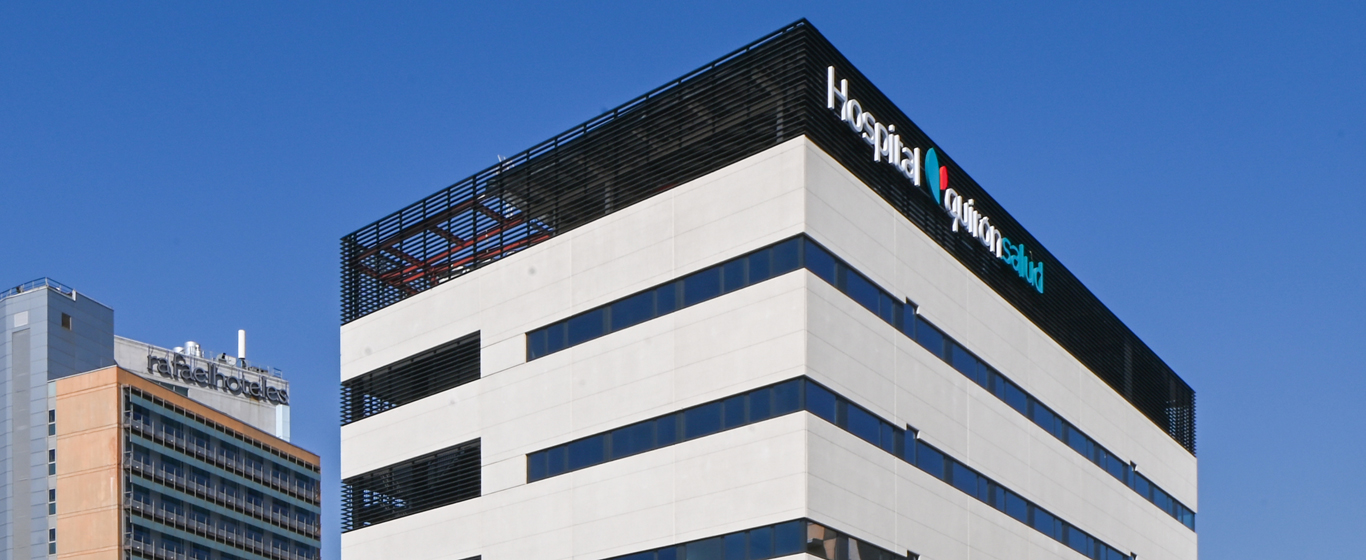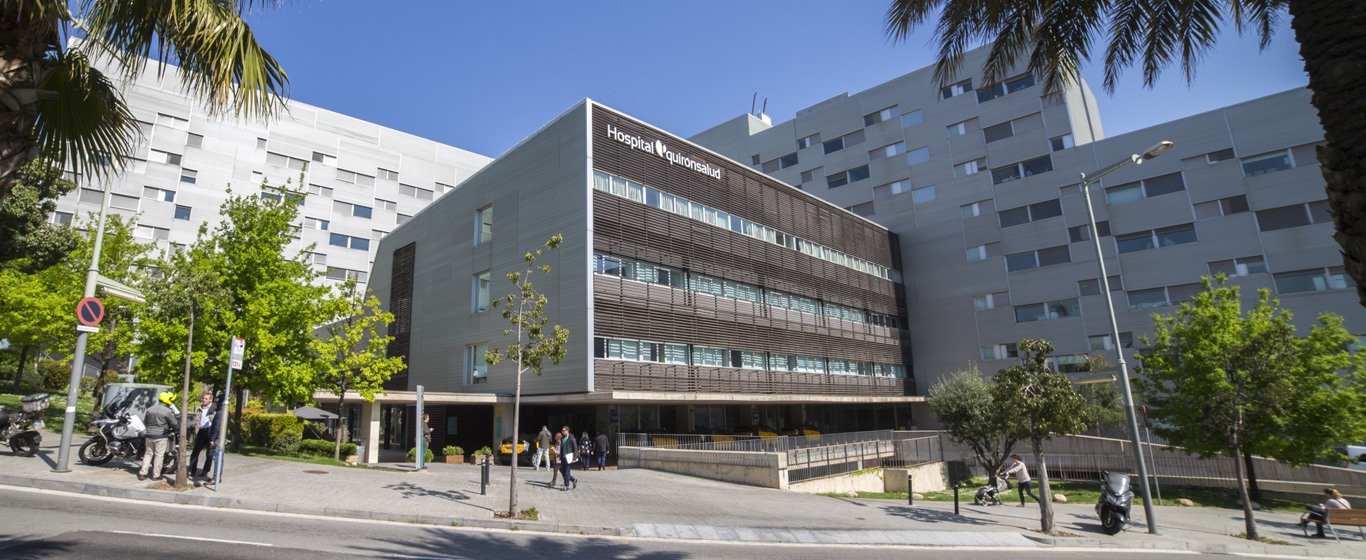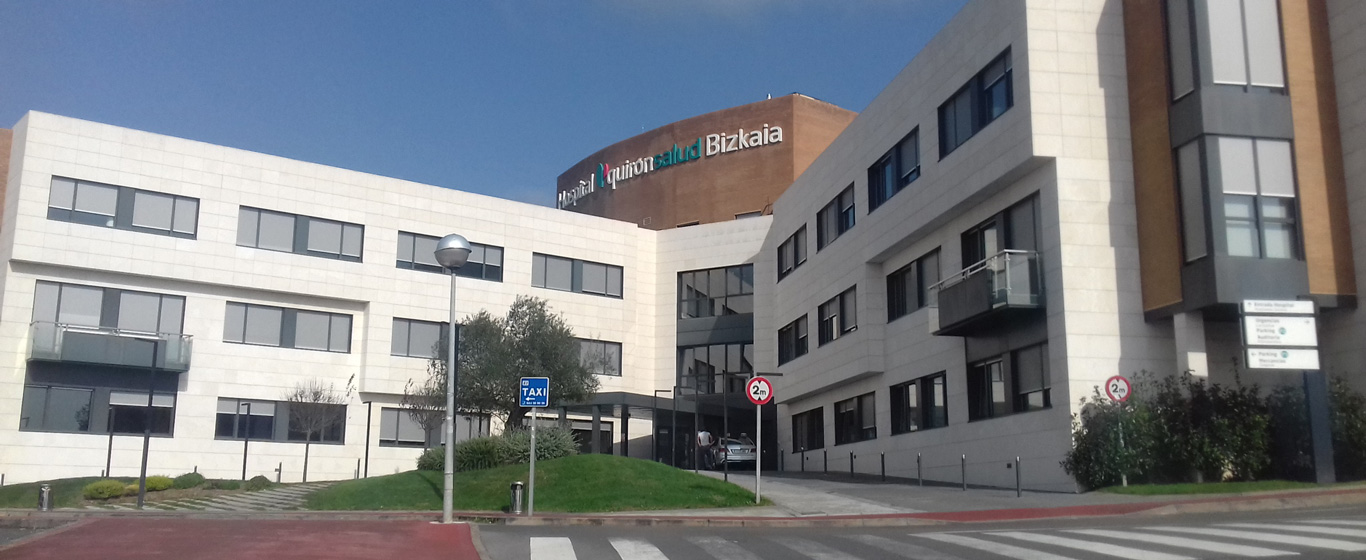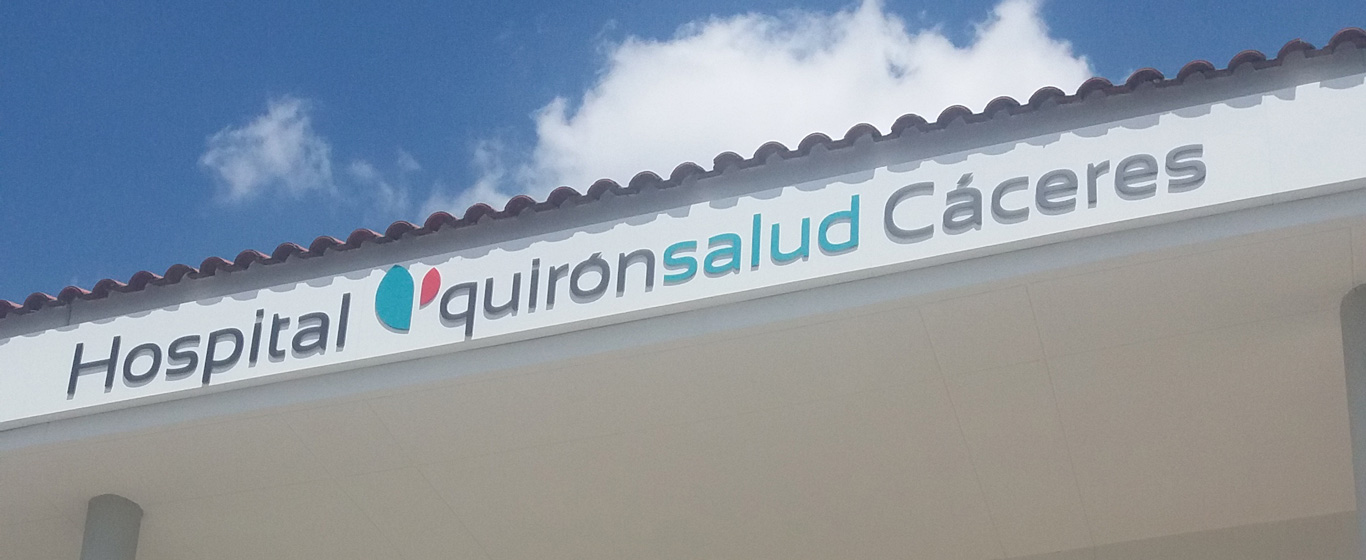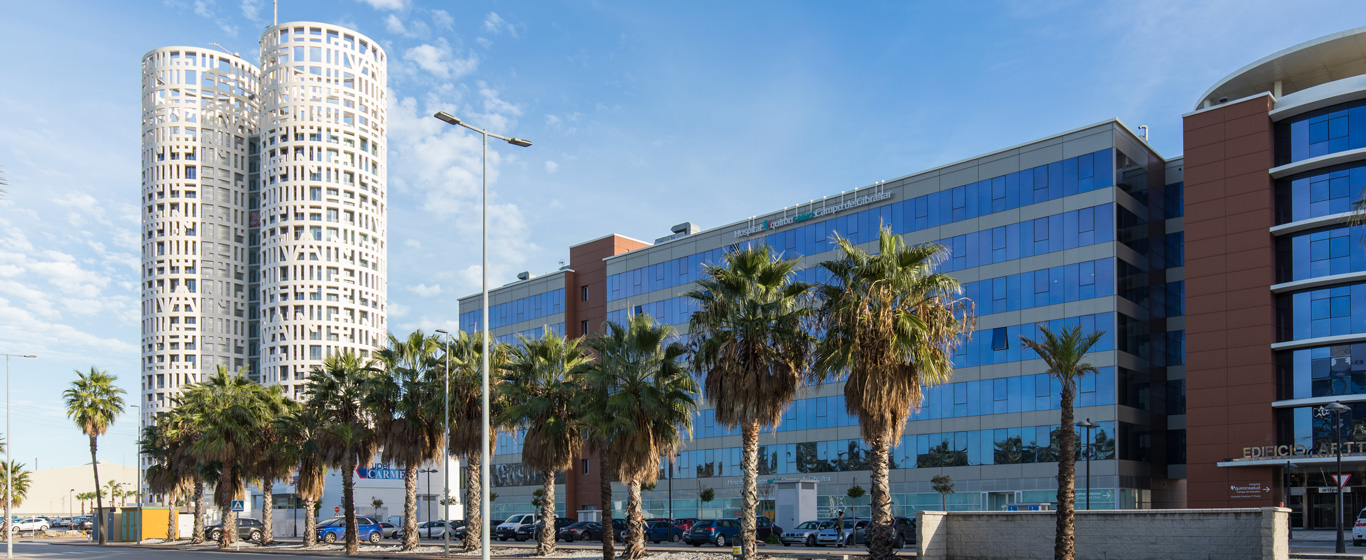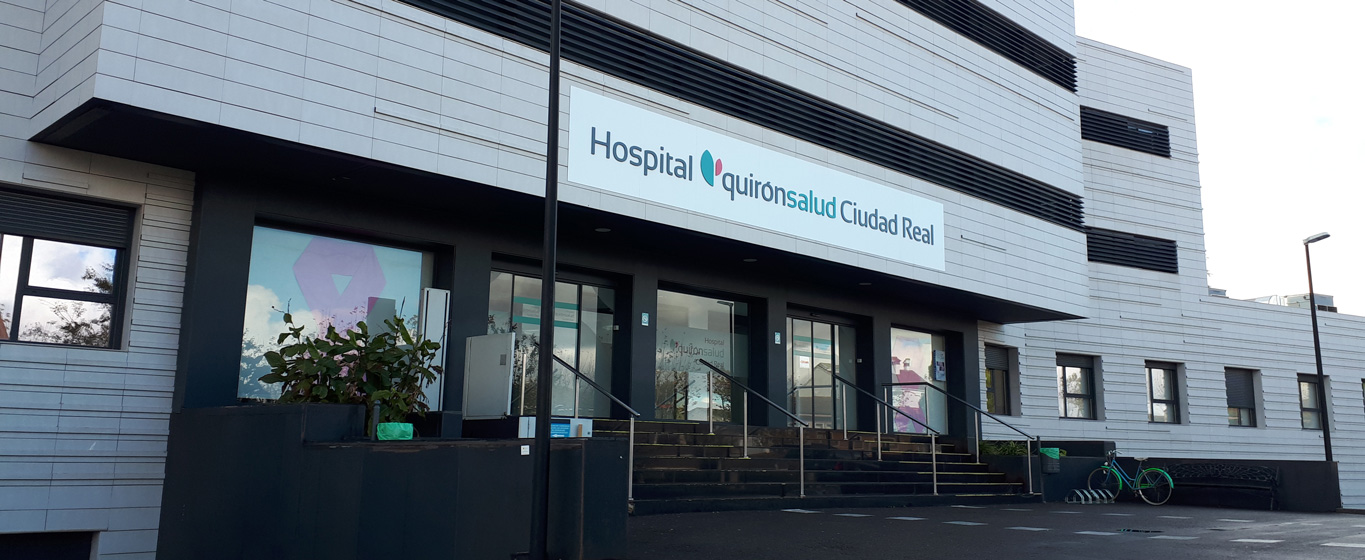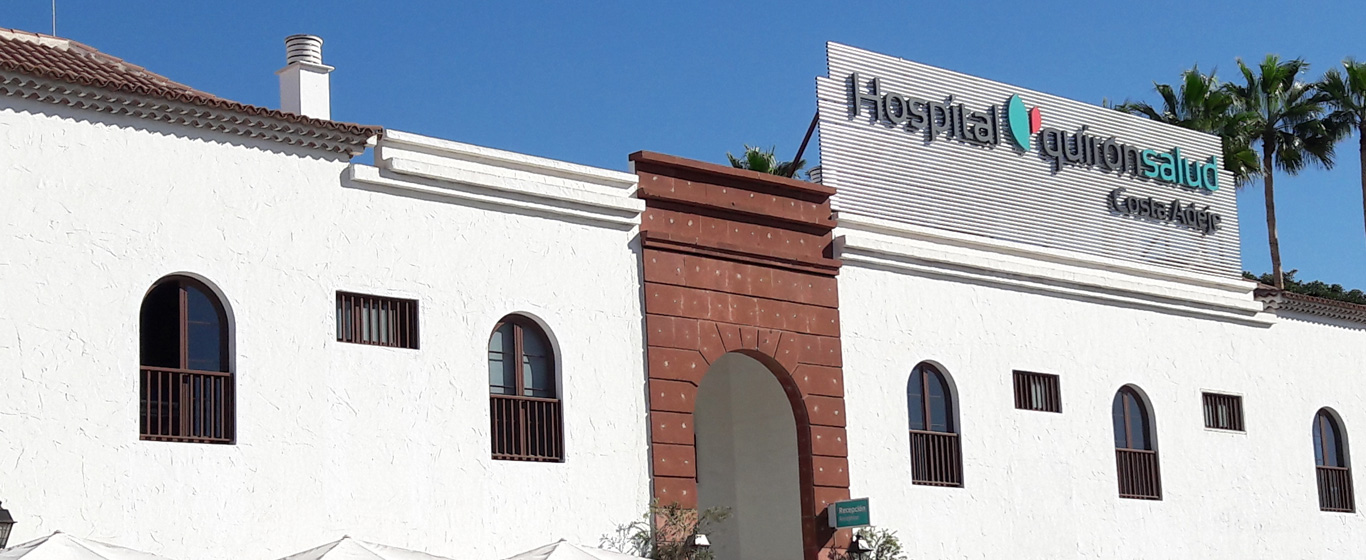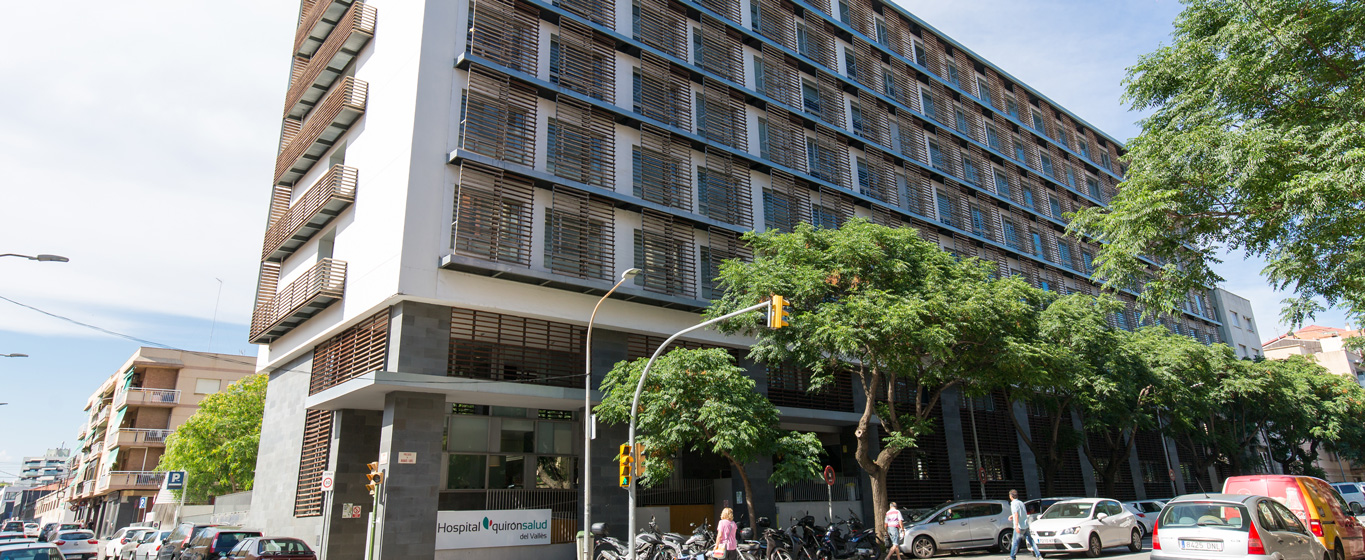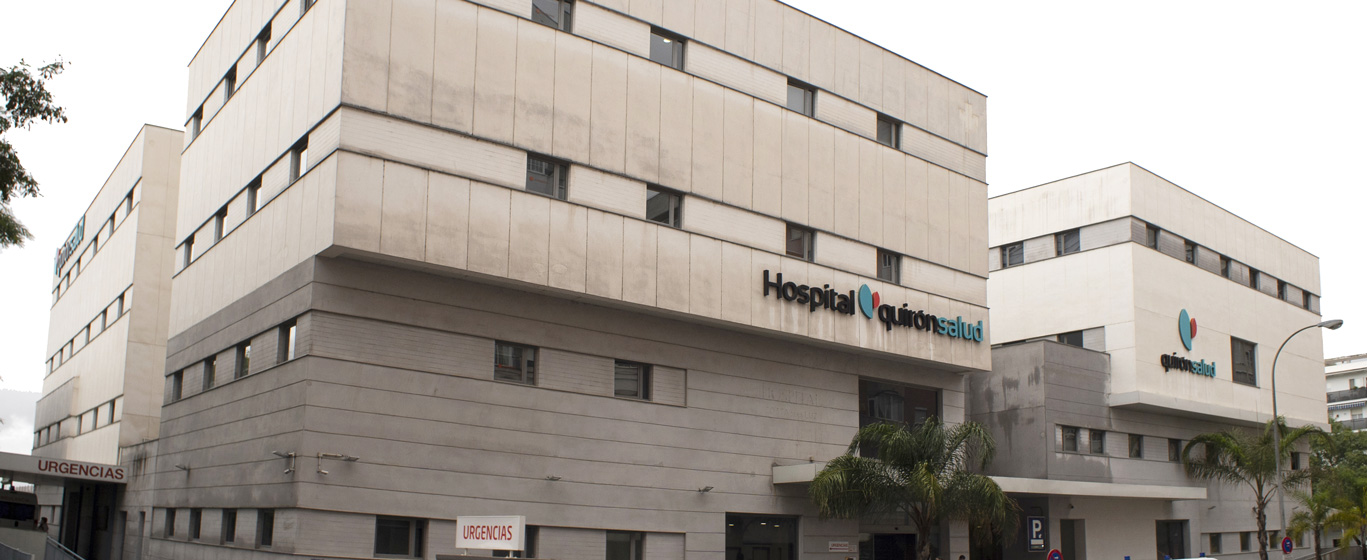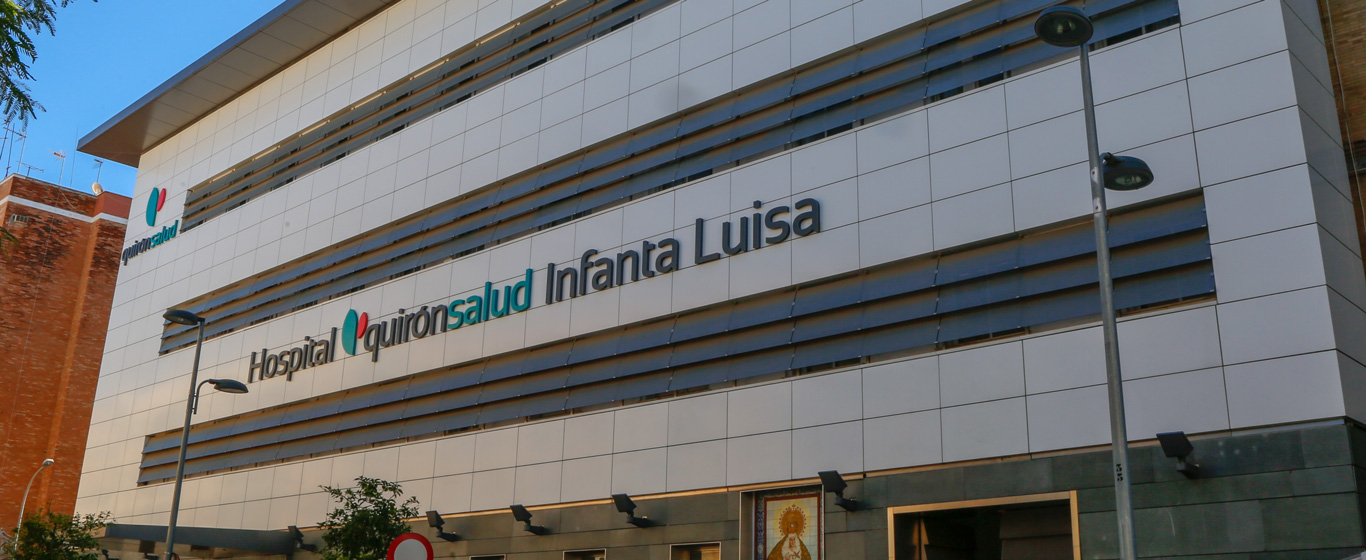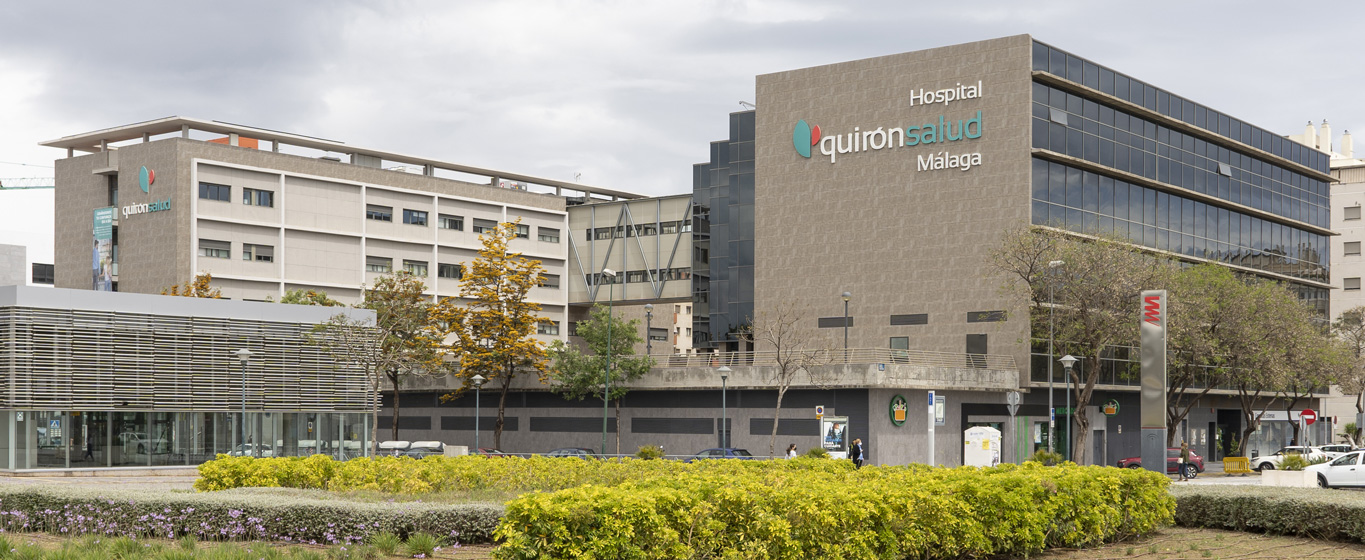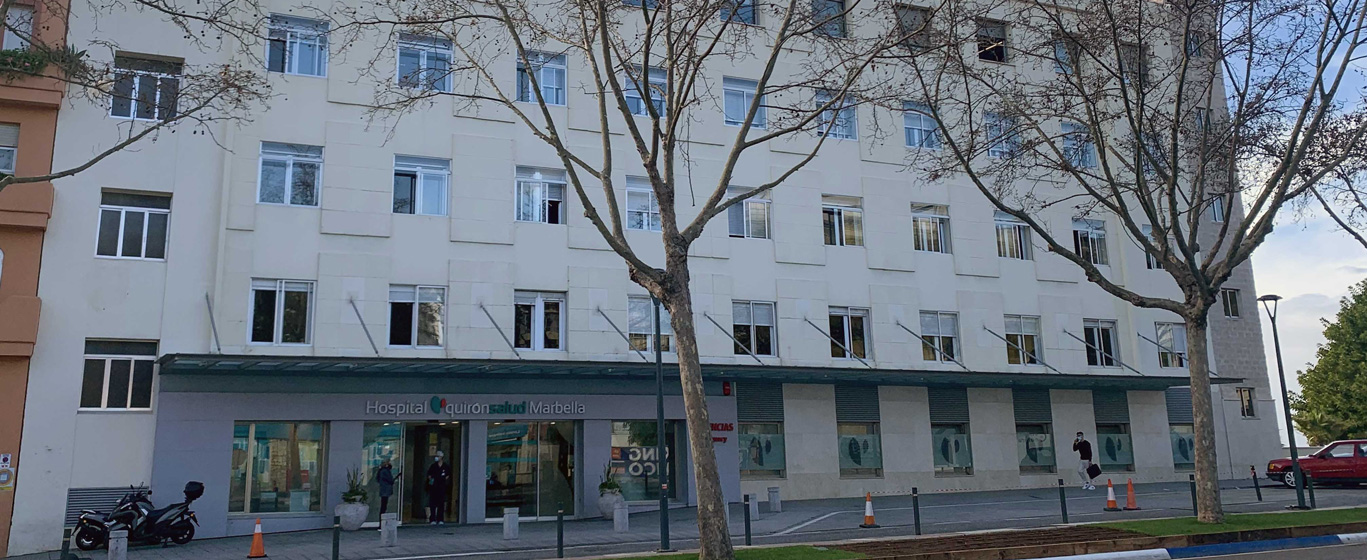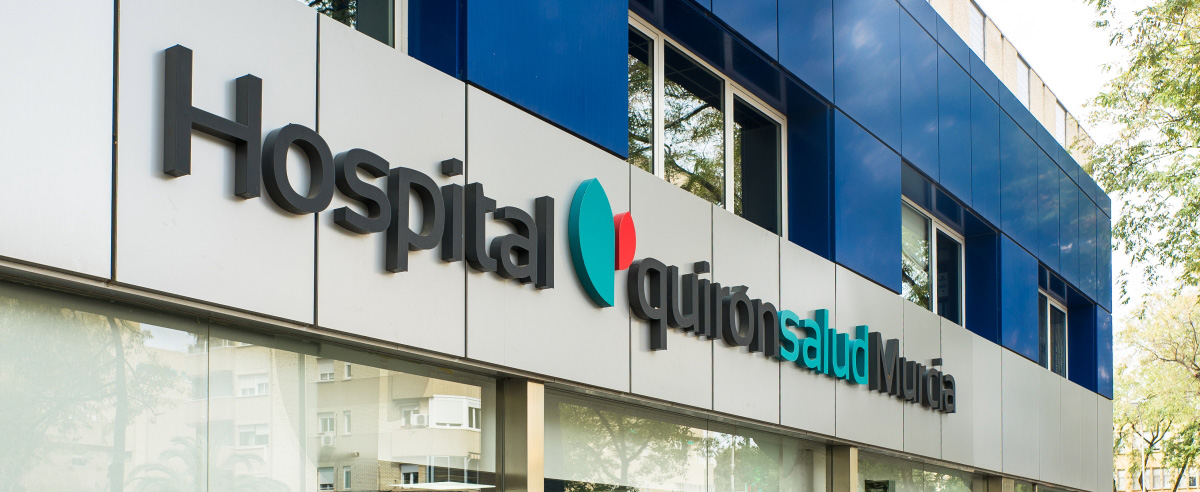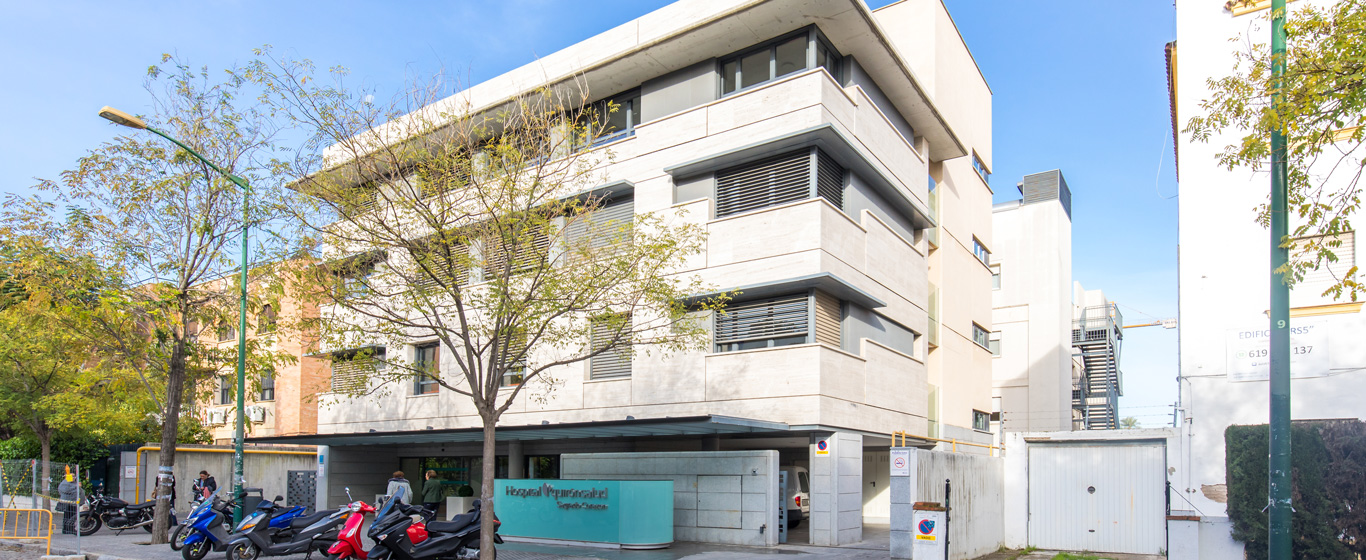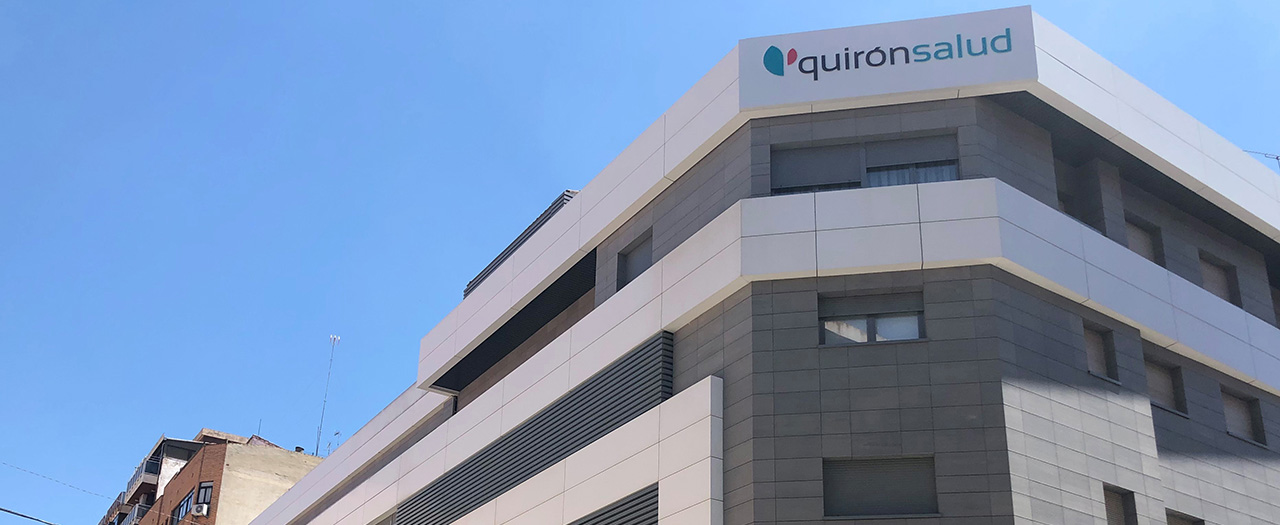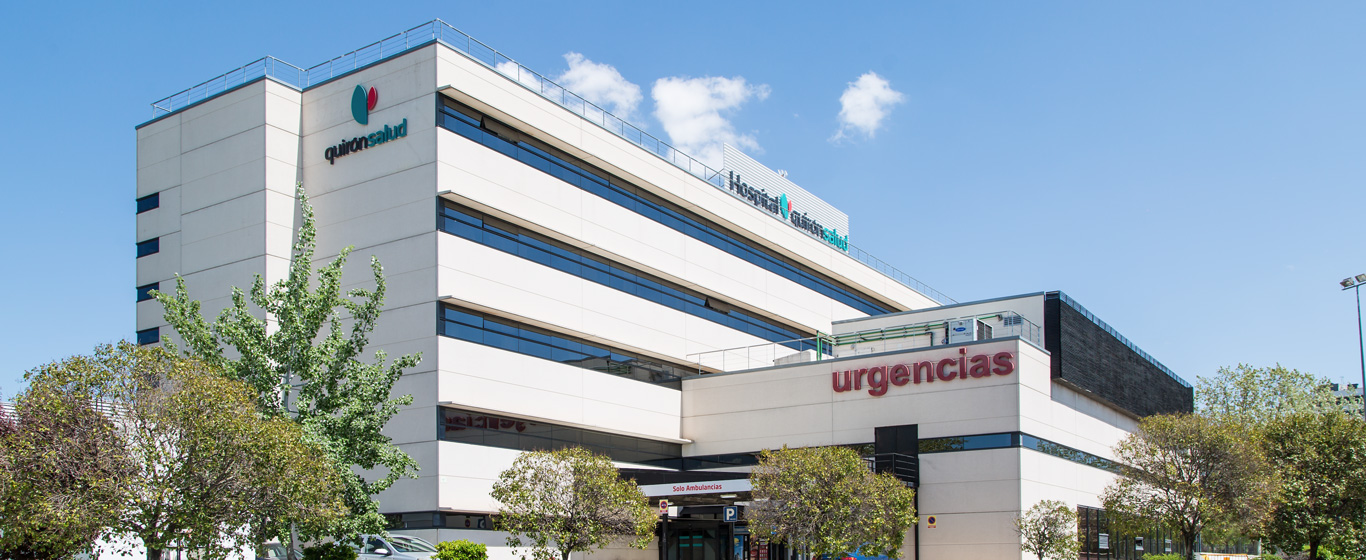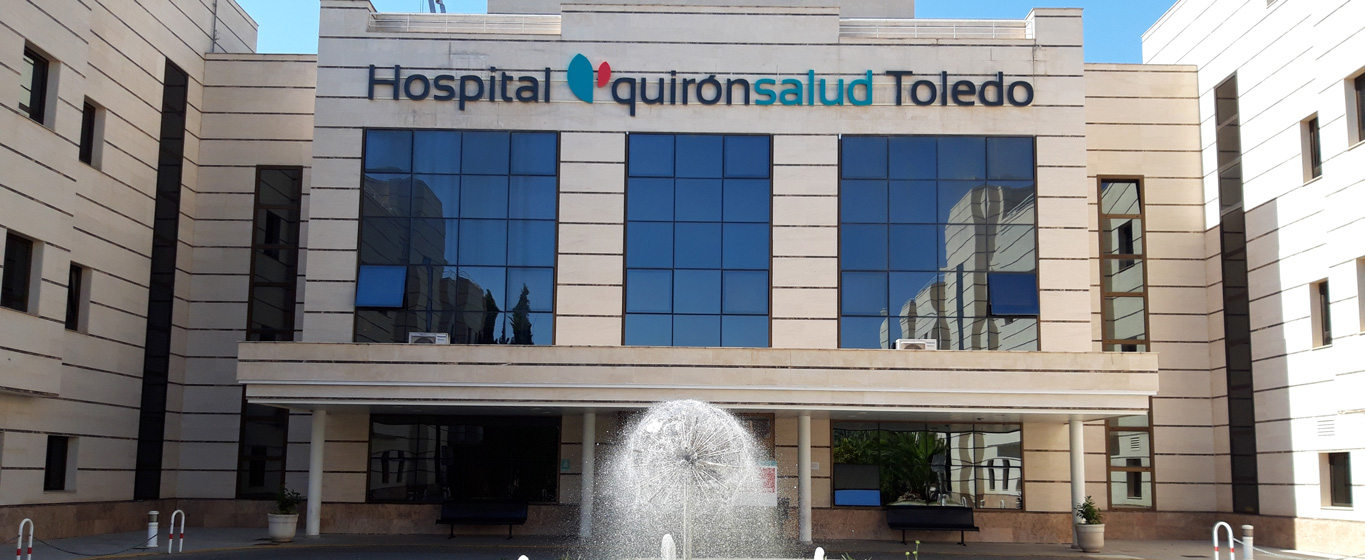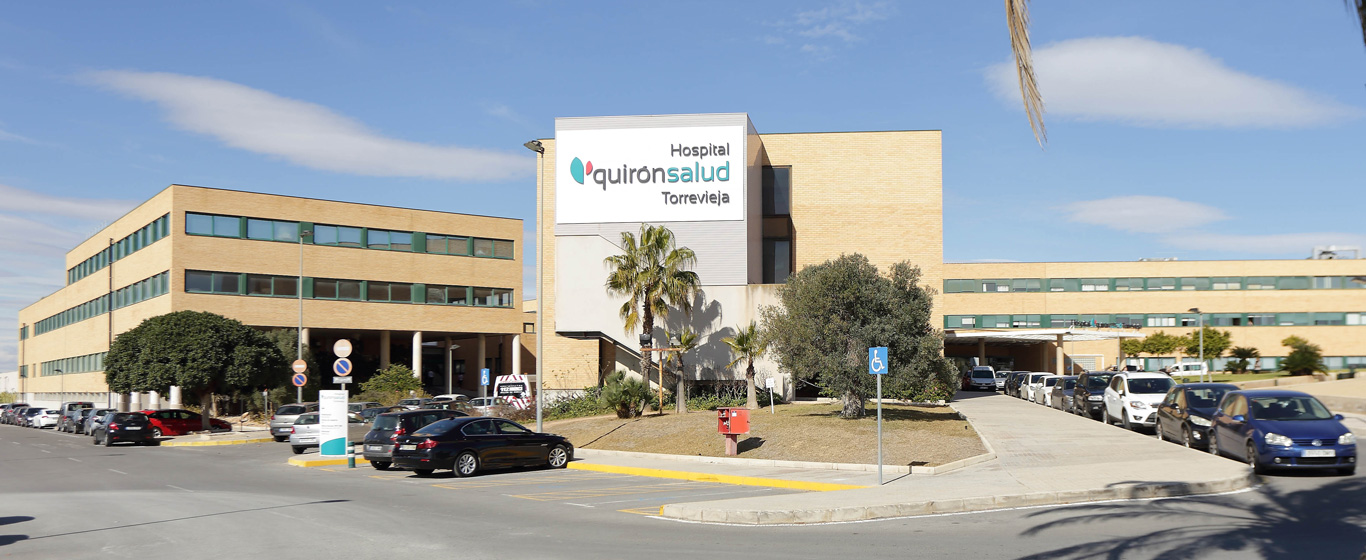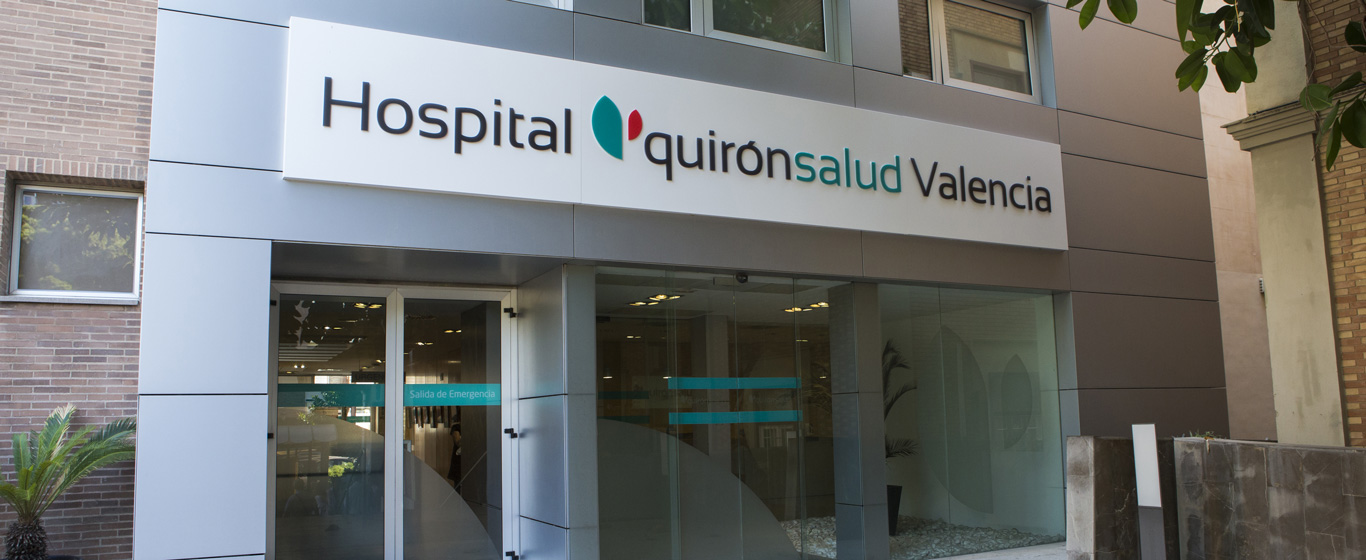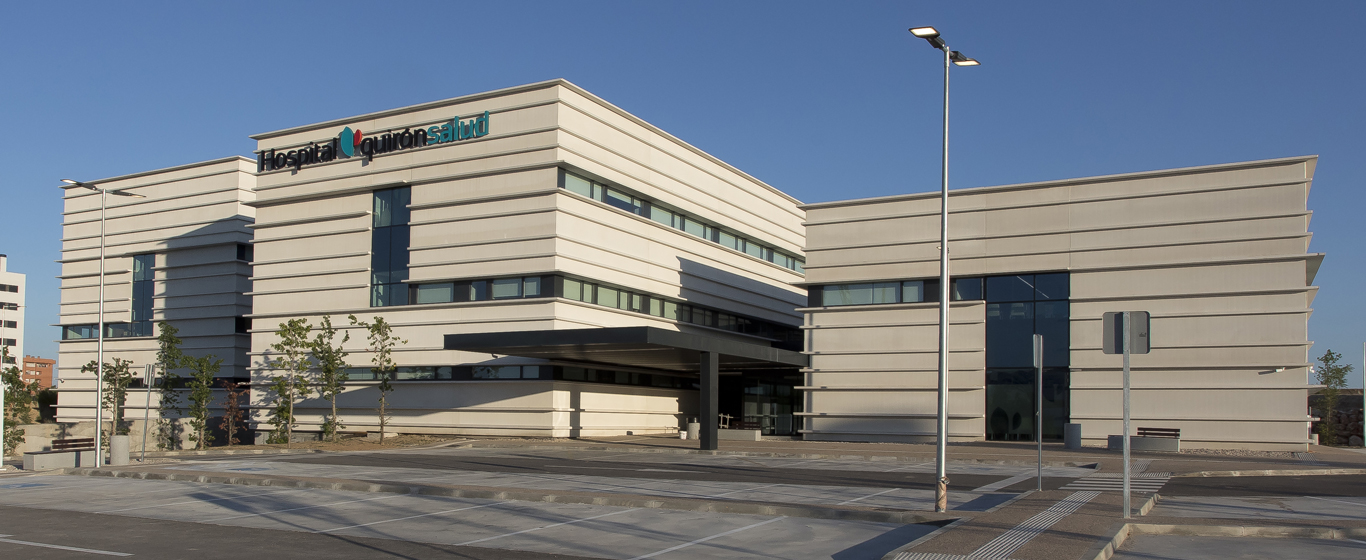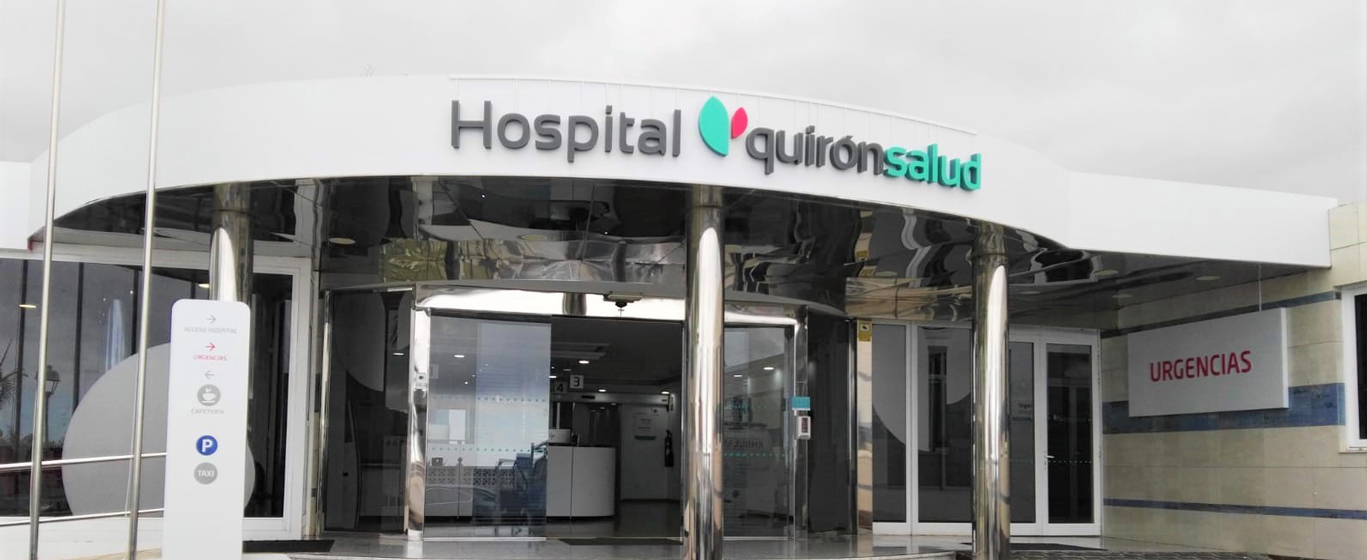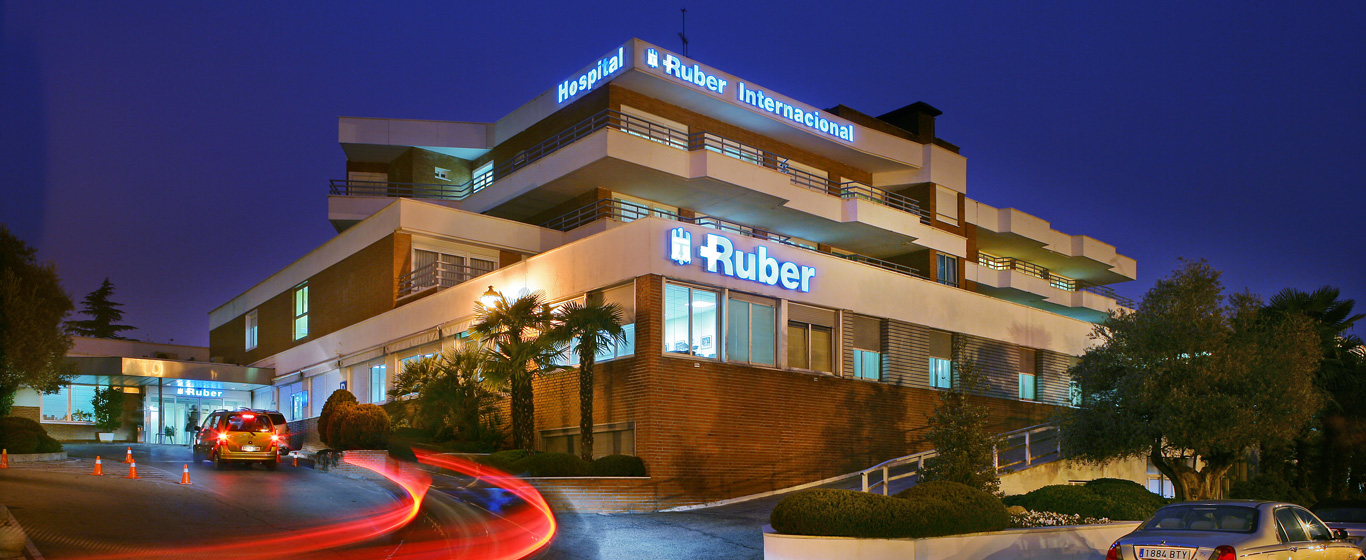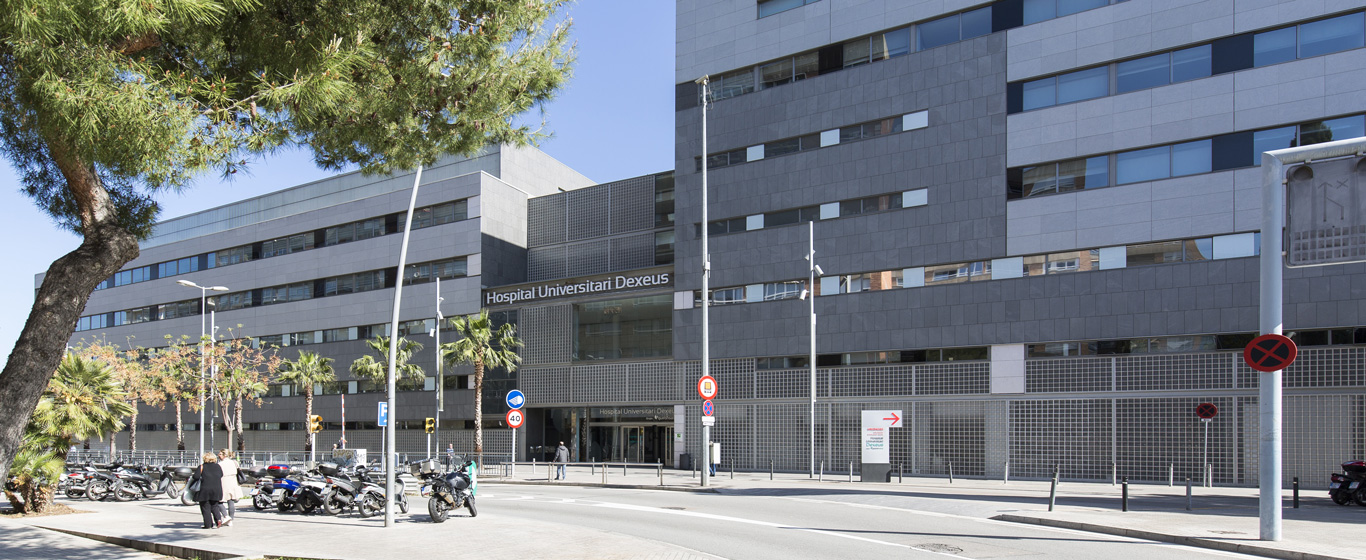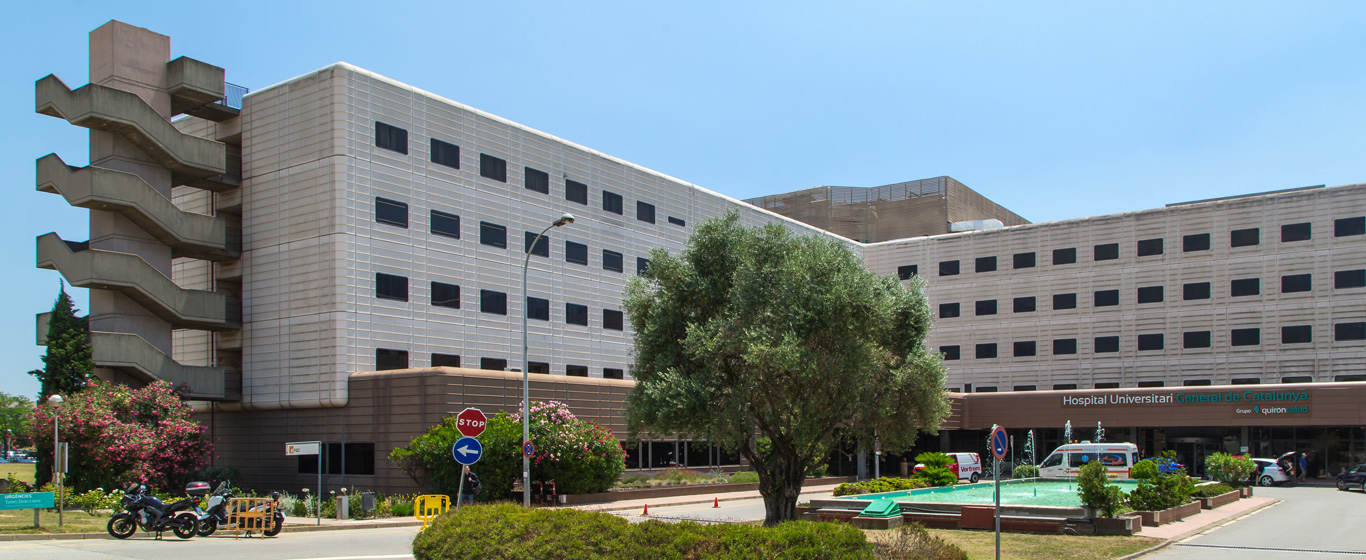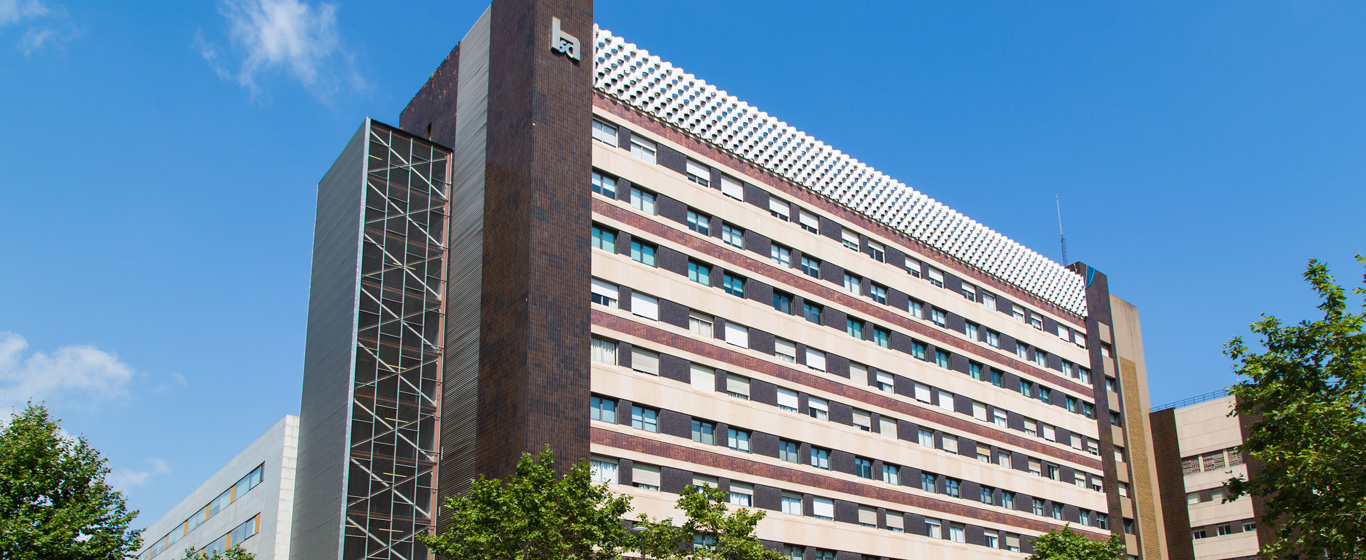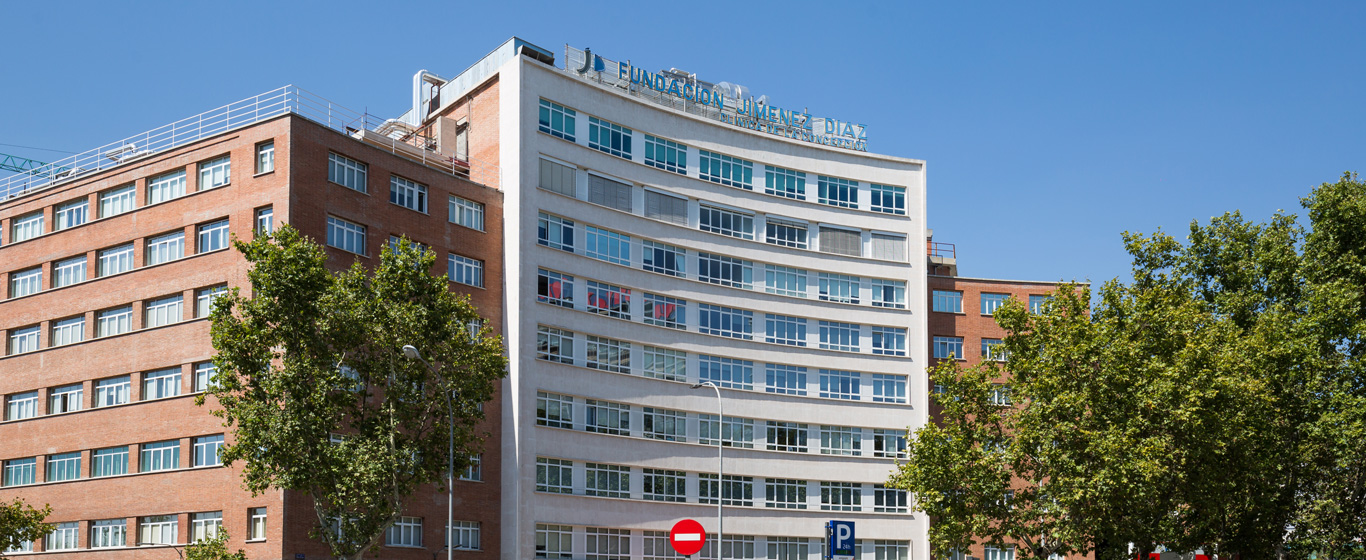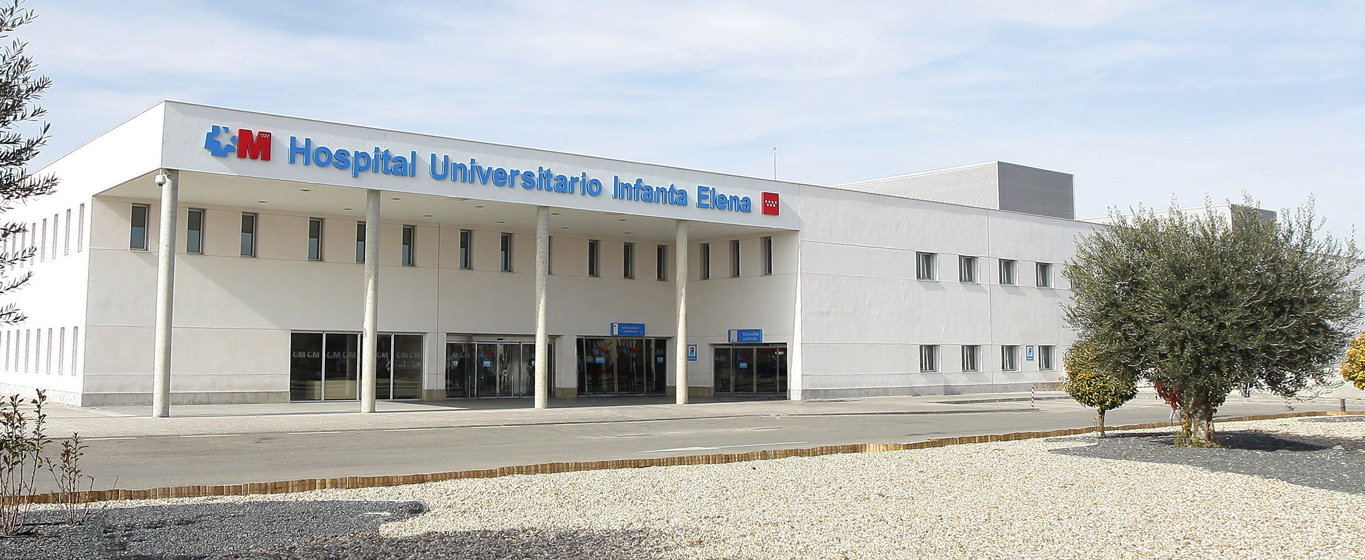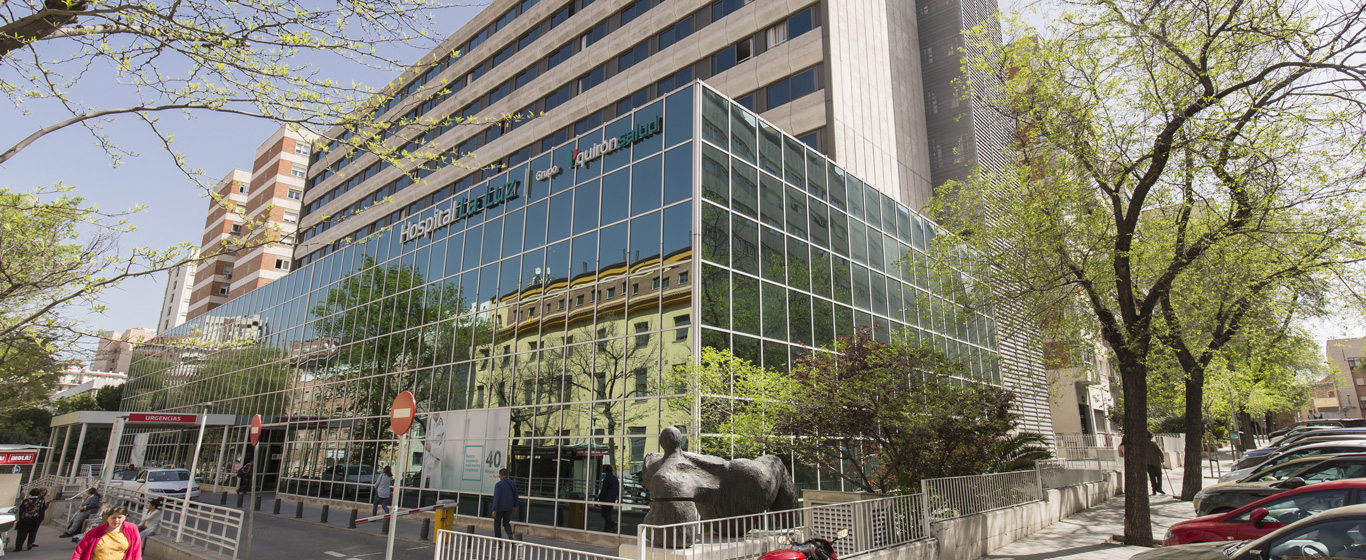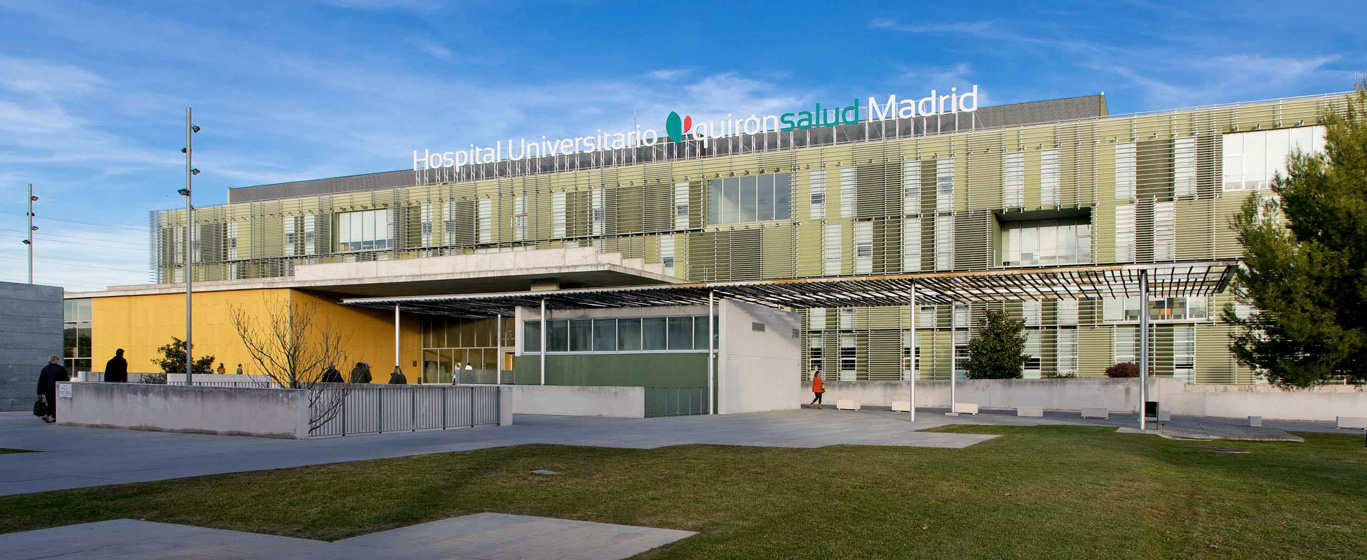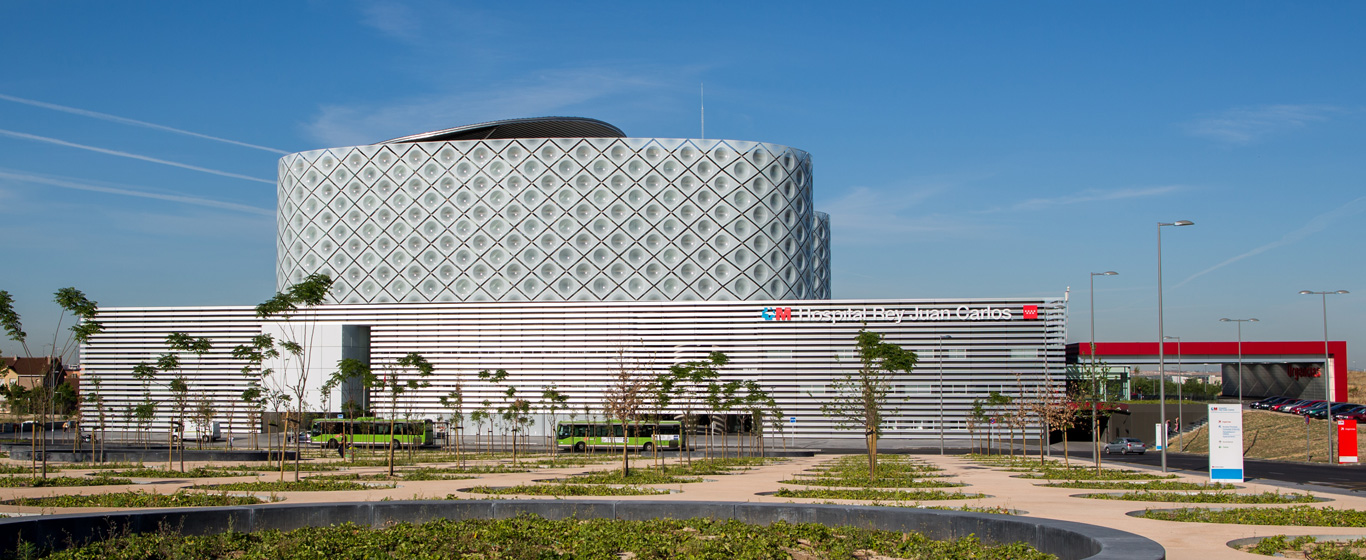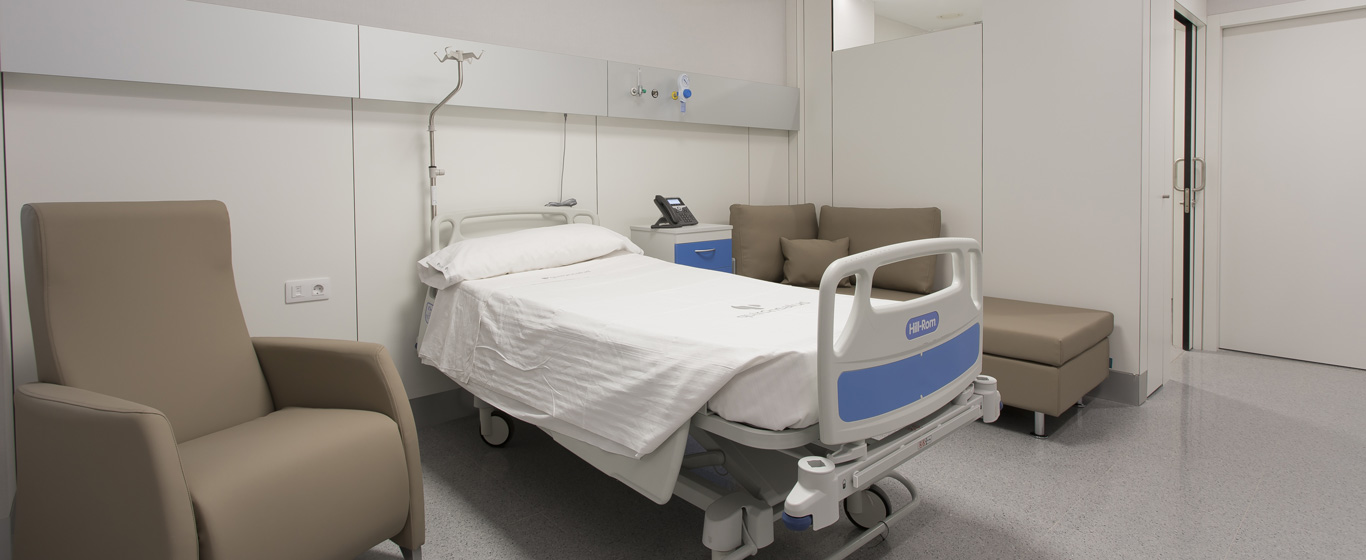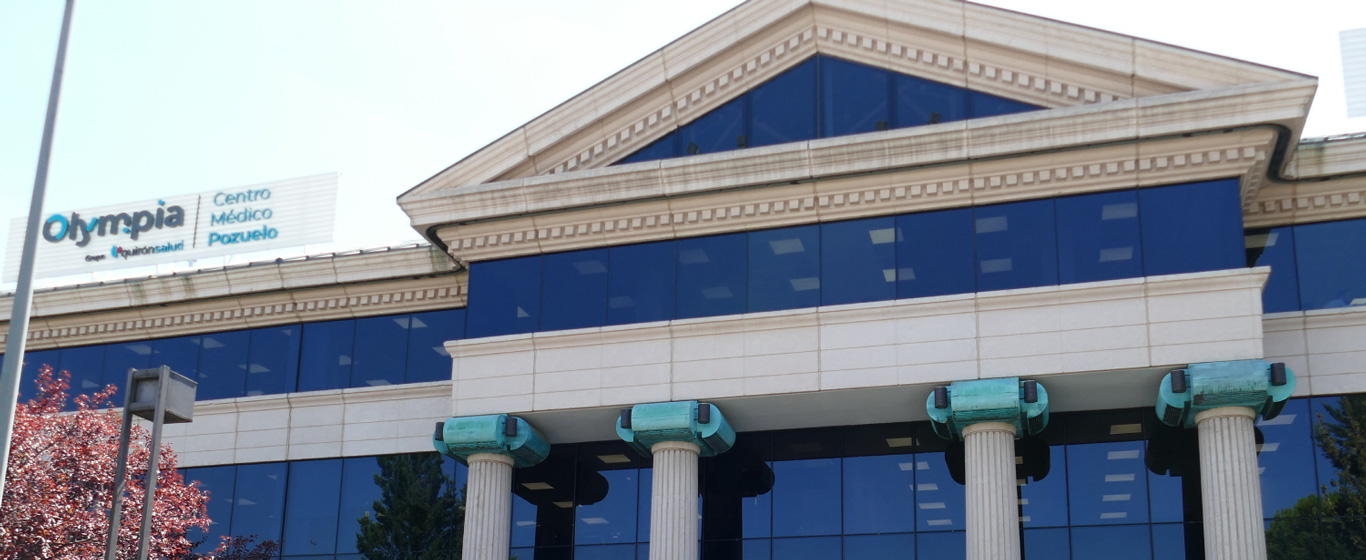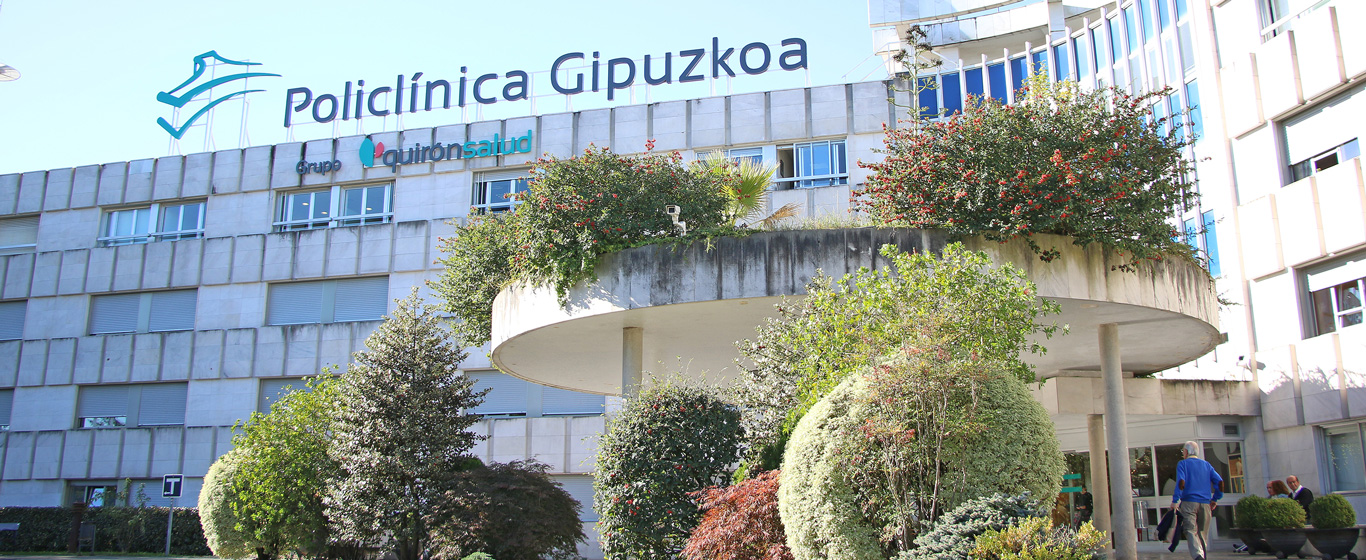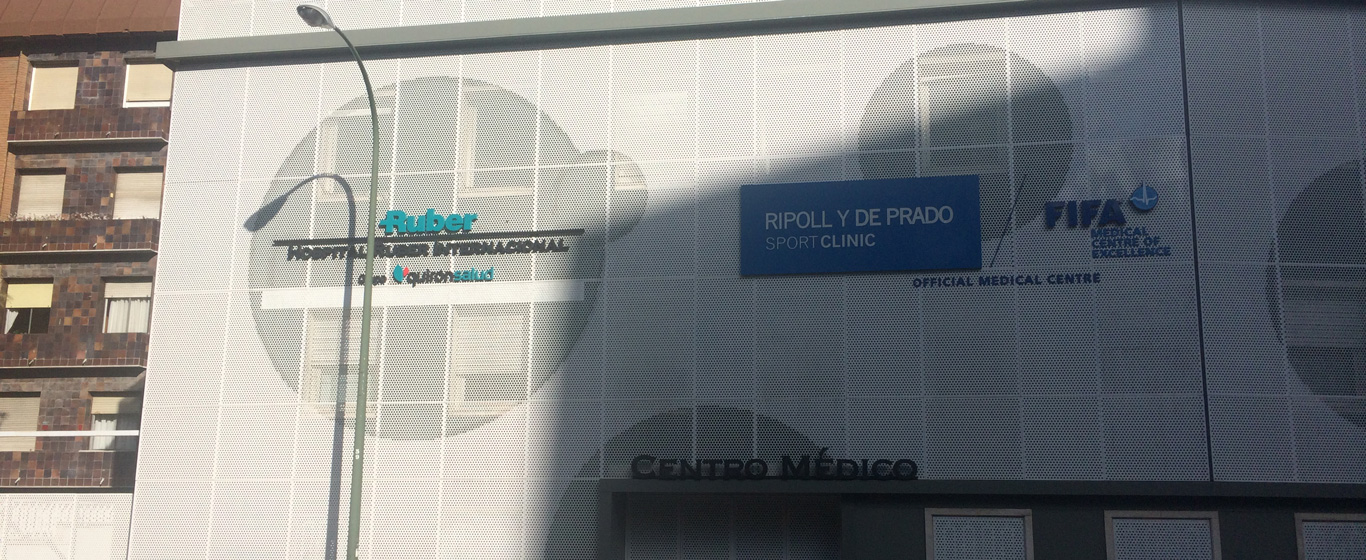Appendicitis
What is appendicitis? Information about the causes, symptoms, and the most effective treatments for an inflamed appendix.
Symptoms and Causes
Appendicitis is the inflammation of the appendix, a small pouch attached to the colon located in the lower right part of the abdomen, whose function remains unknown to this day. Typically, this swelling is caused by an obstruction in the cavity, leading to a buildup of secretions and subsequent disruption in the blood vessels that supply it.
Depending on the duration, two types of appendicitis are recognized:
- Acute appendicitis: It manifests suddenly with intense pain that, in most cases, starts around the belly button and extends toward the right.
- Chronic appendicitis: This is rare and is caused by a partial blockage of the appendix's lumen. It typically manifests as recurrent pain on the right side of the abdomen, the origin of which is not detected by standard tests, so diagnostic laparoscopy is necessary. Due to its development characteristics, it is also known as slow appendicitis.
Appendicitis is a mild disease when treated early, so early diagnosis is essential. Depending on its evolution, appendicitis goes through different phases of varying severity:
- Catarrhal or congestive appendicitis: Secretions accumulate inside the appendix, causing an increase in bacteria and the onset of the inflammatory process.
- Phlegmonous appendicitis: The tissues become distended, hindering blood flow.
- Gangrenous appendicitis: The walls of the appendix weaken and necrosis occurs in certain areas. These areas turn black and may occasionally drain.
- Perforated appendicitis: The walls of the appendix rupture, releasing feces and pus from inside. The most common consequence is peritonitis, a severe condition in which the tissue covering the inside of the abdomen becomes inflamed.
Symptoms
The most common symptoms of appendicitis are:
- Sudden, sharp pain in the lower right abdomen (usually starting at the belly button).
- Nausea and vomiting.
- Abdominal bloating.
- Low-grade fever.
- Constipation or diarrhea.
- Gas accumulation.
Causes
Appendicitis occurs due to an obstruction of the appendix, causing fluids and secretions to accumulate.
Risk Factors
Although appendicitis can occur in anyone, the main risk factors are:
- Being male.
- Being between the ages of 10 and 30.
- Having a family history of the disease.
Complications
The most common complication of appendicitis is peritonitis, which occurs when the appendix ruptures and the abdominal cavity fills with feces and pus. It is potentially fatal.
Prevention
Appendicitis cannot be prevented. However, specialists recommend maintaining gastrointestinal health by eating a balanced, fiber-rich diet.
Which doctor treats appendicitis?
General or pediatric surgeons treat appendicitis, while the diagnosis is typically made by family doctors, pediatricians, digestive specialists, or emergency physicians.
Diagnosis
In addition to studying the patient's history and paying attention to symptoms, doctors perform the following tests to diagnose appendicitis:
- Physical exam where the abdomen is palpated to check the muscle response.
- Blood and urine tests to detect infection.
- MRI, CT scan, or abdominal ultrasound to observe the condition of the appendix.
Treatment
The treatment for appendicitis involves a surgical procedure, usually an emergency operation, to remove the inflamed organ. This operation is called an appendectomy and is usually performed via laparoscopy, making it minimally invasive with a short recovery time.




